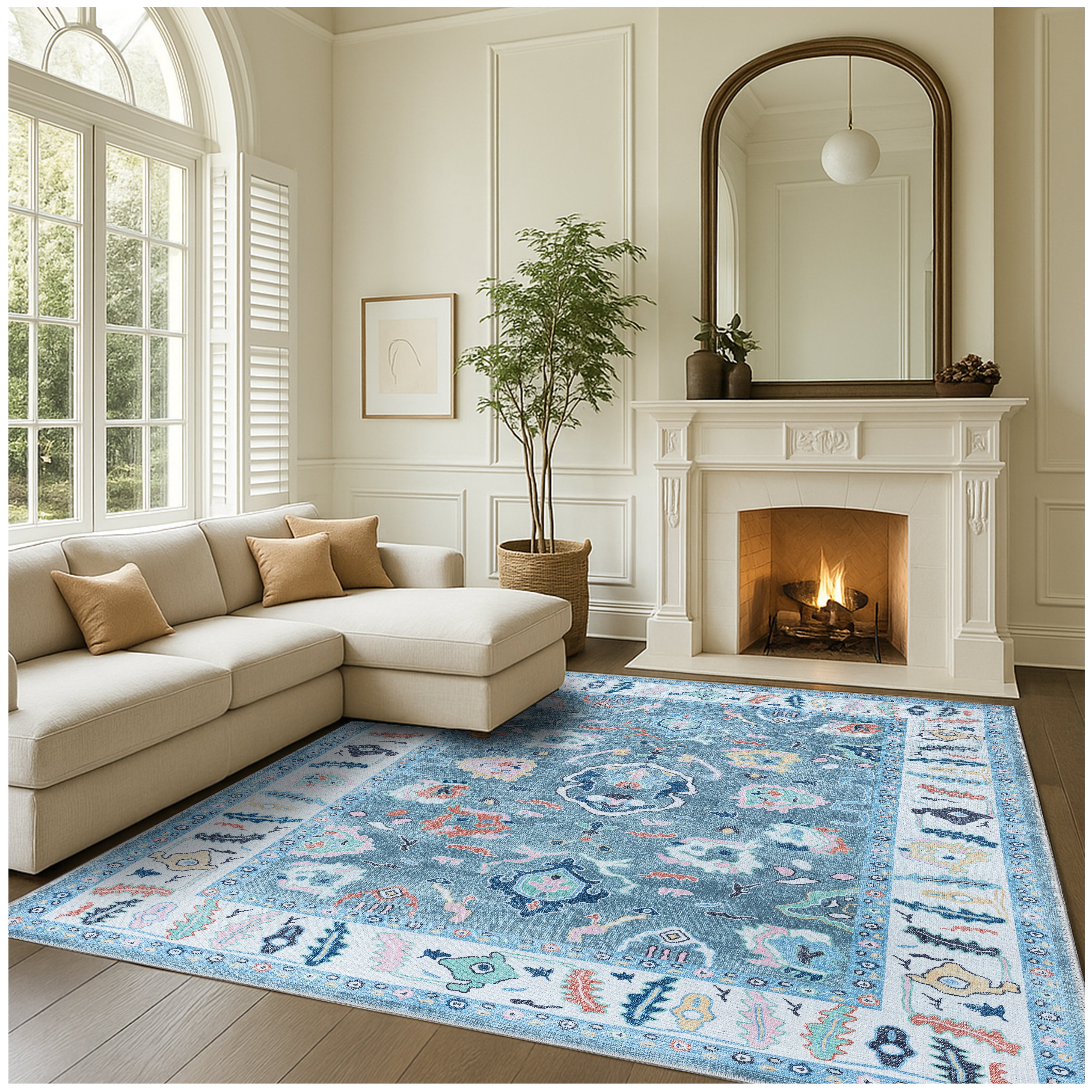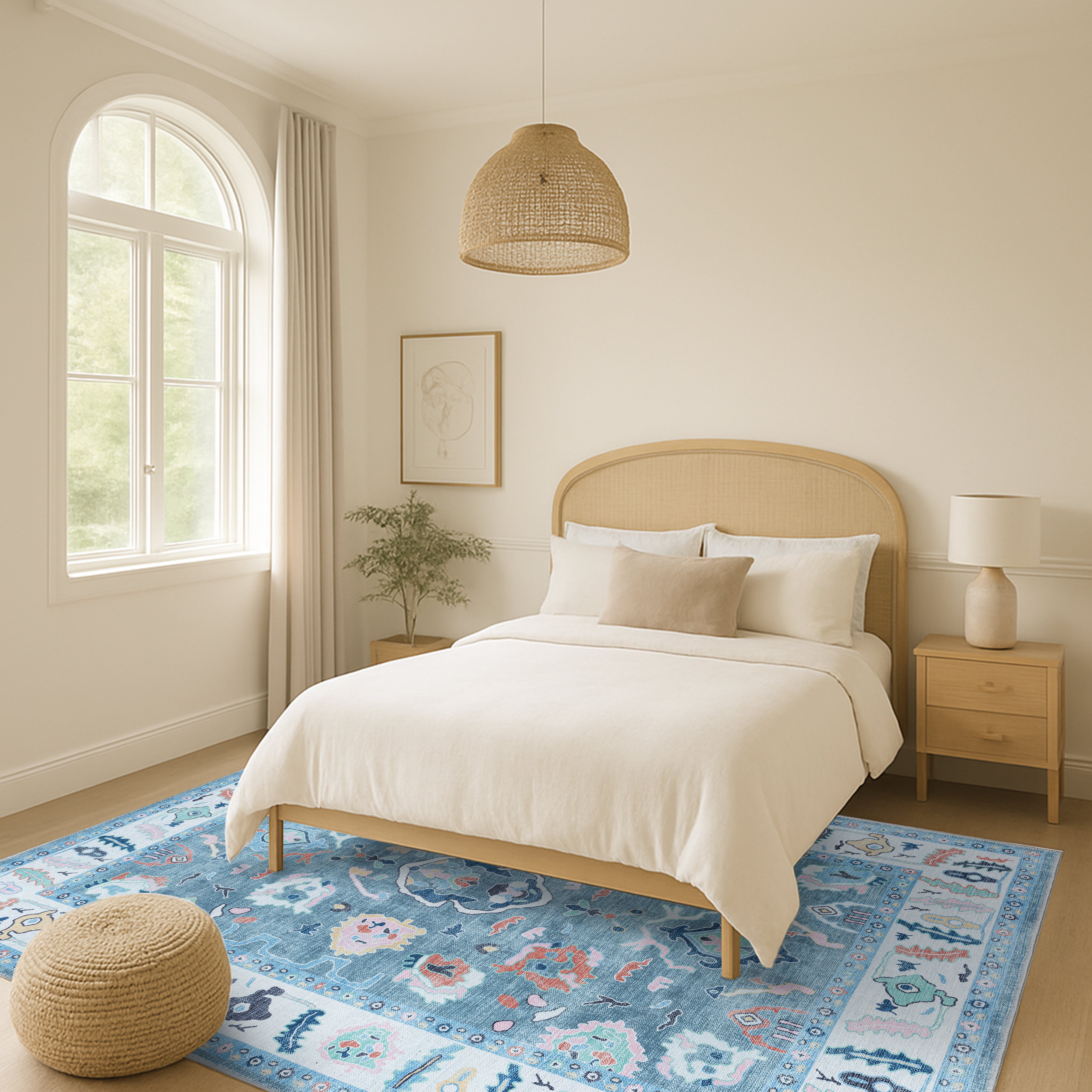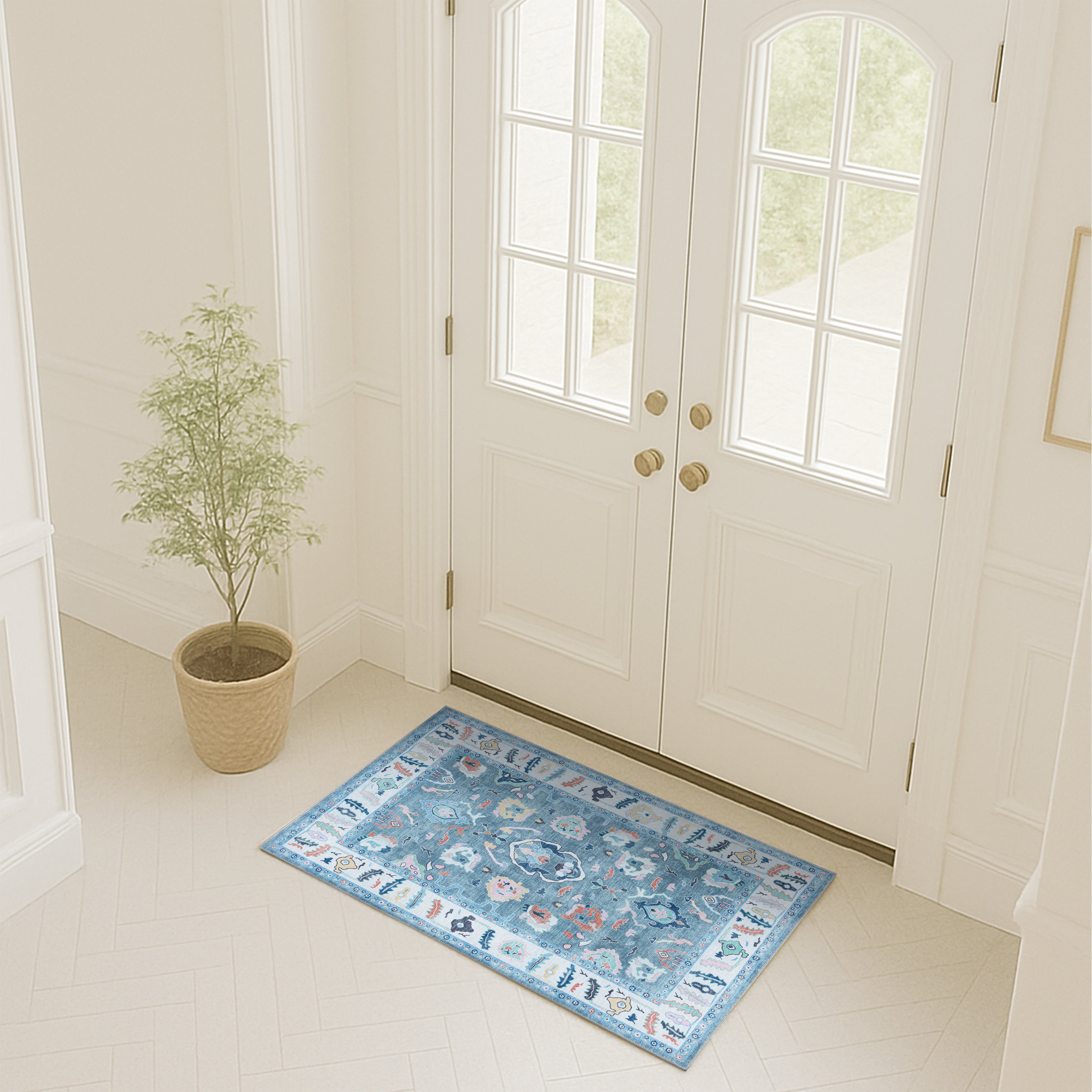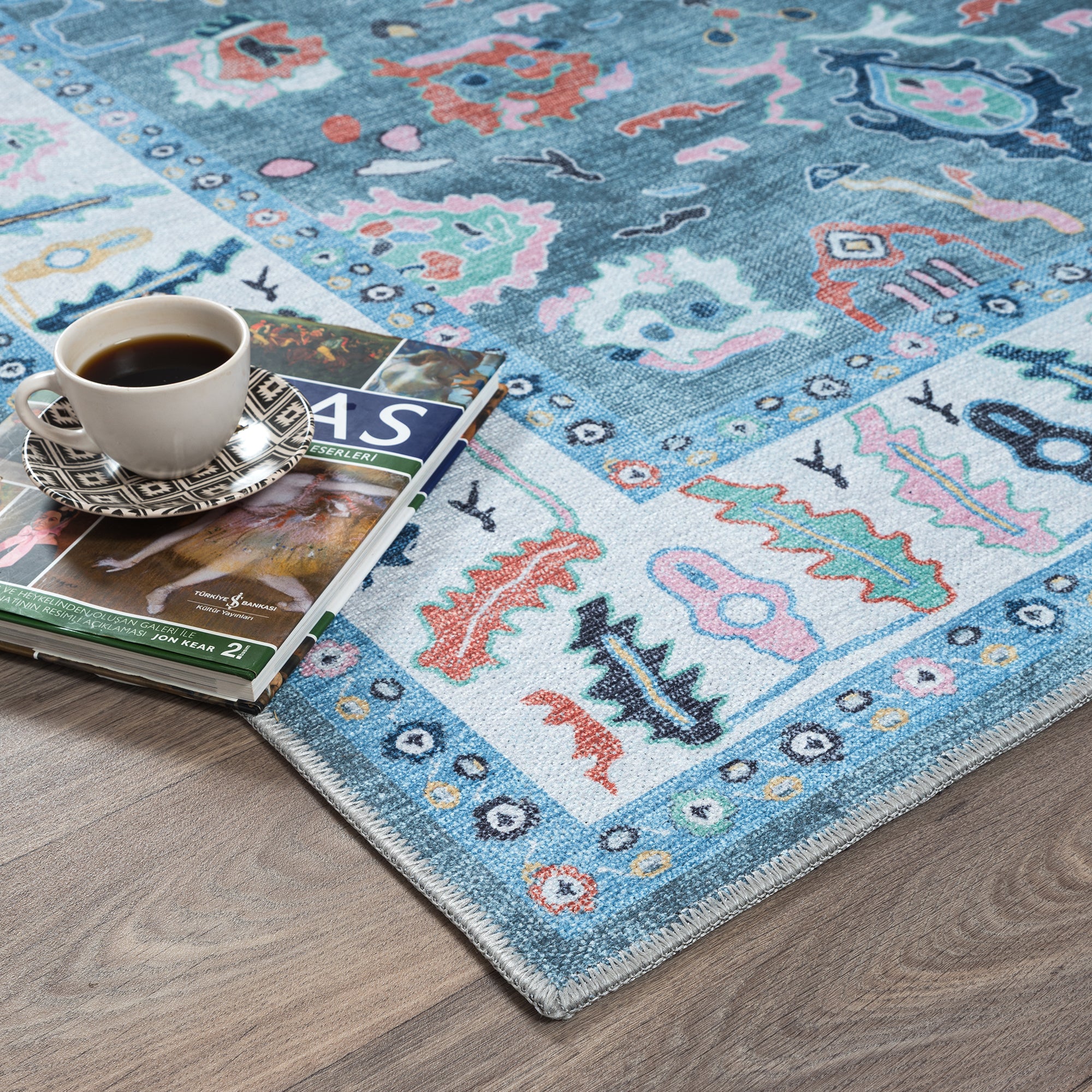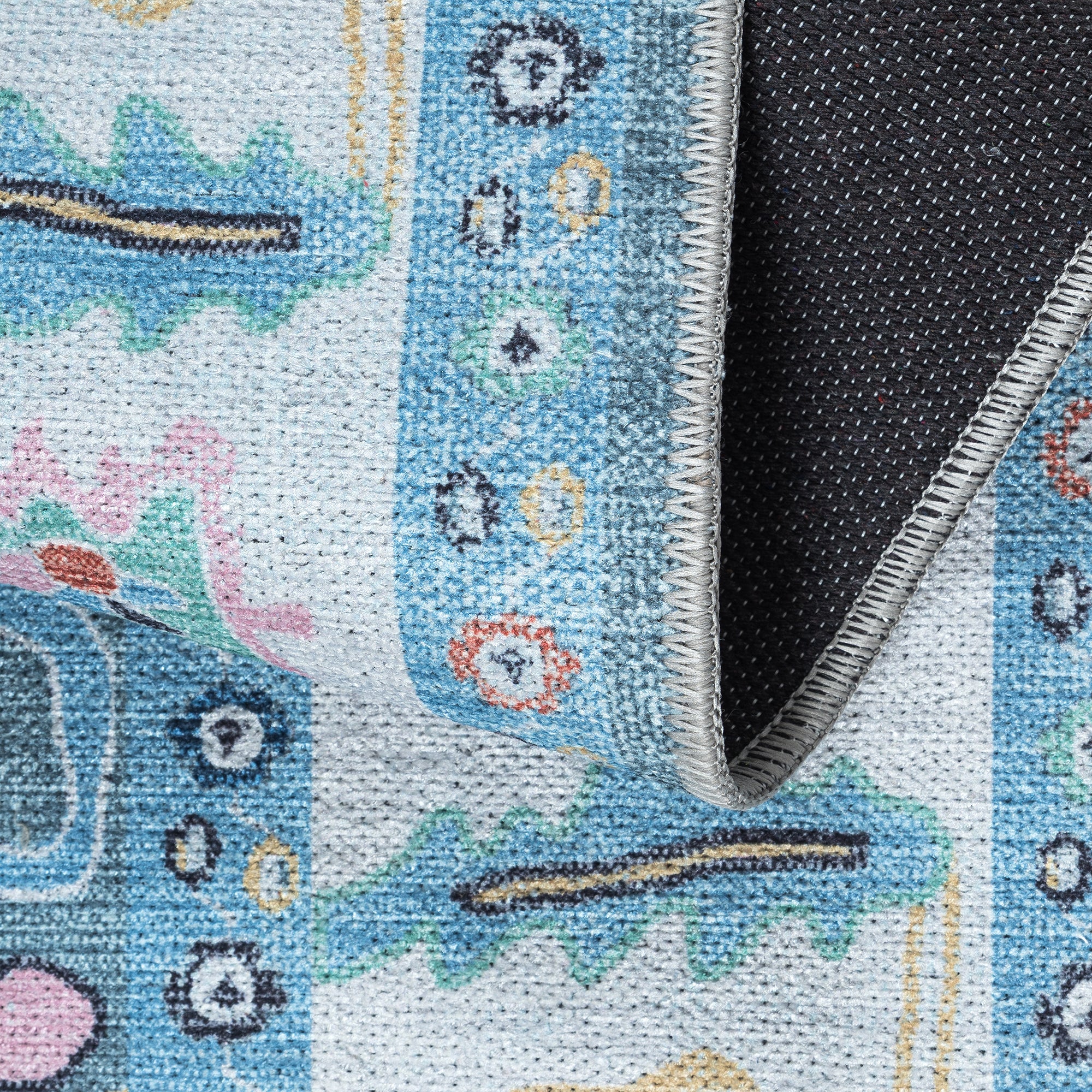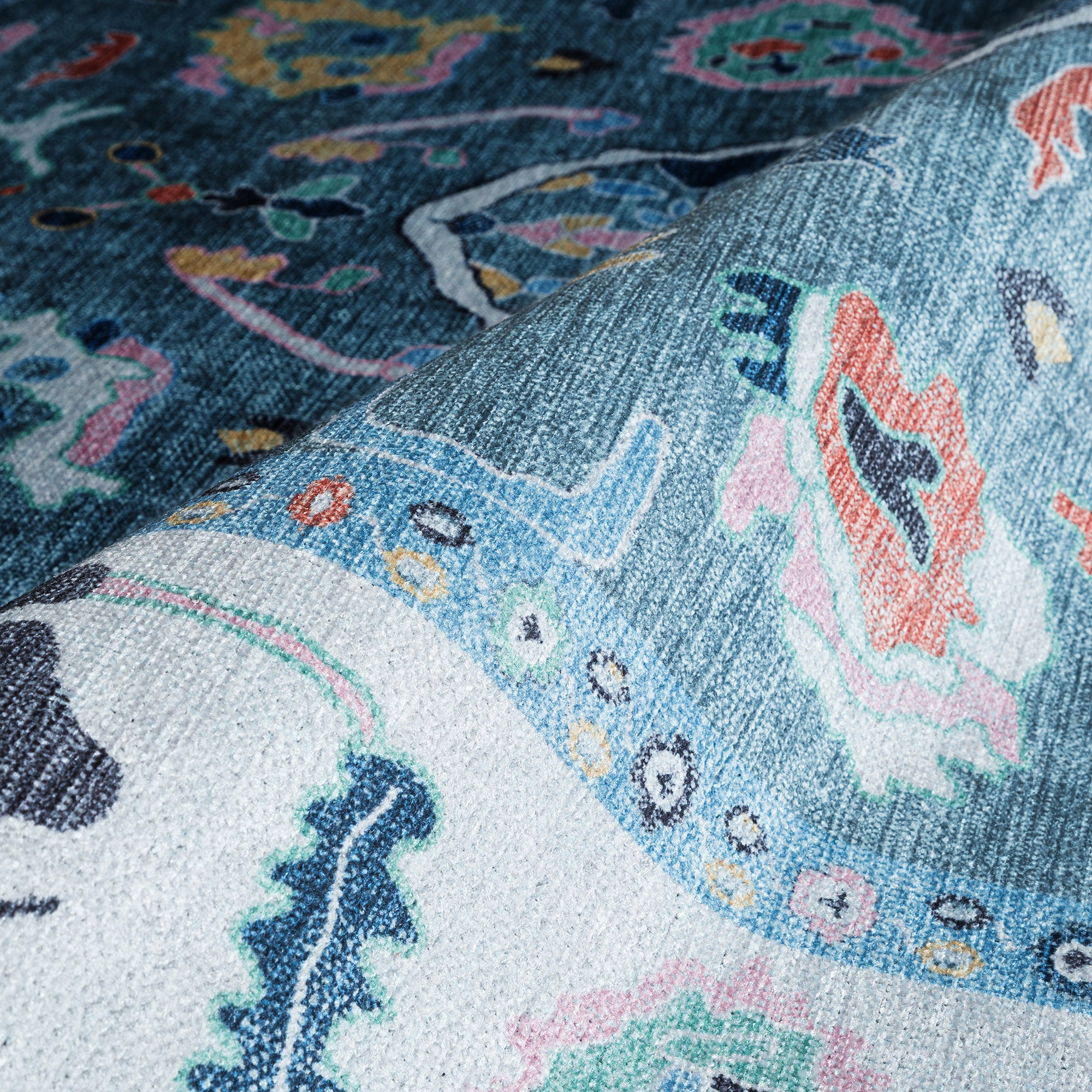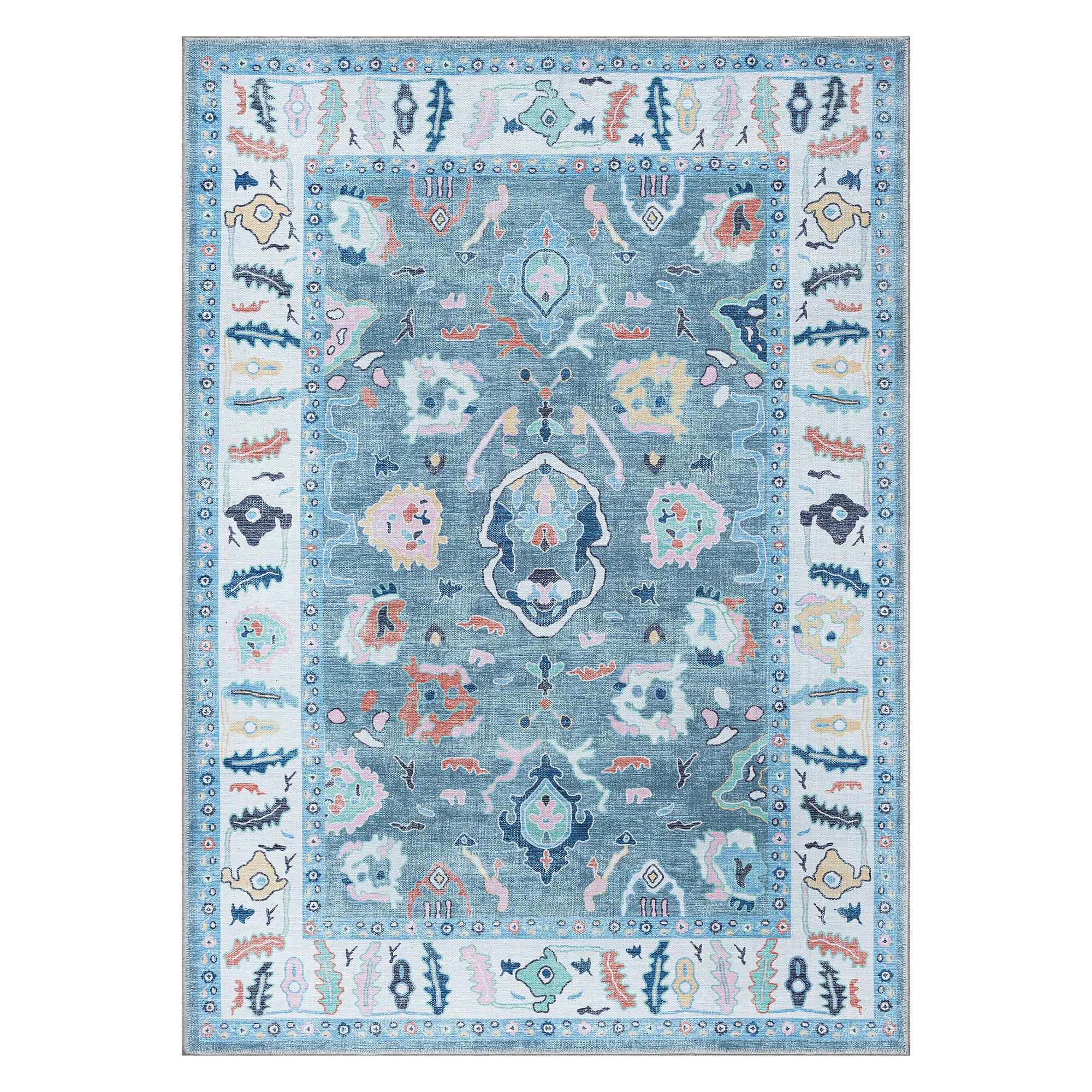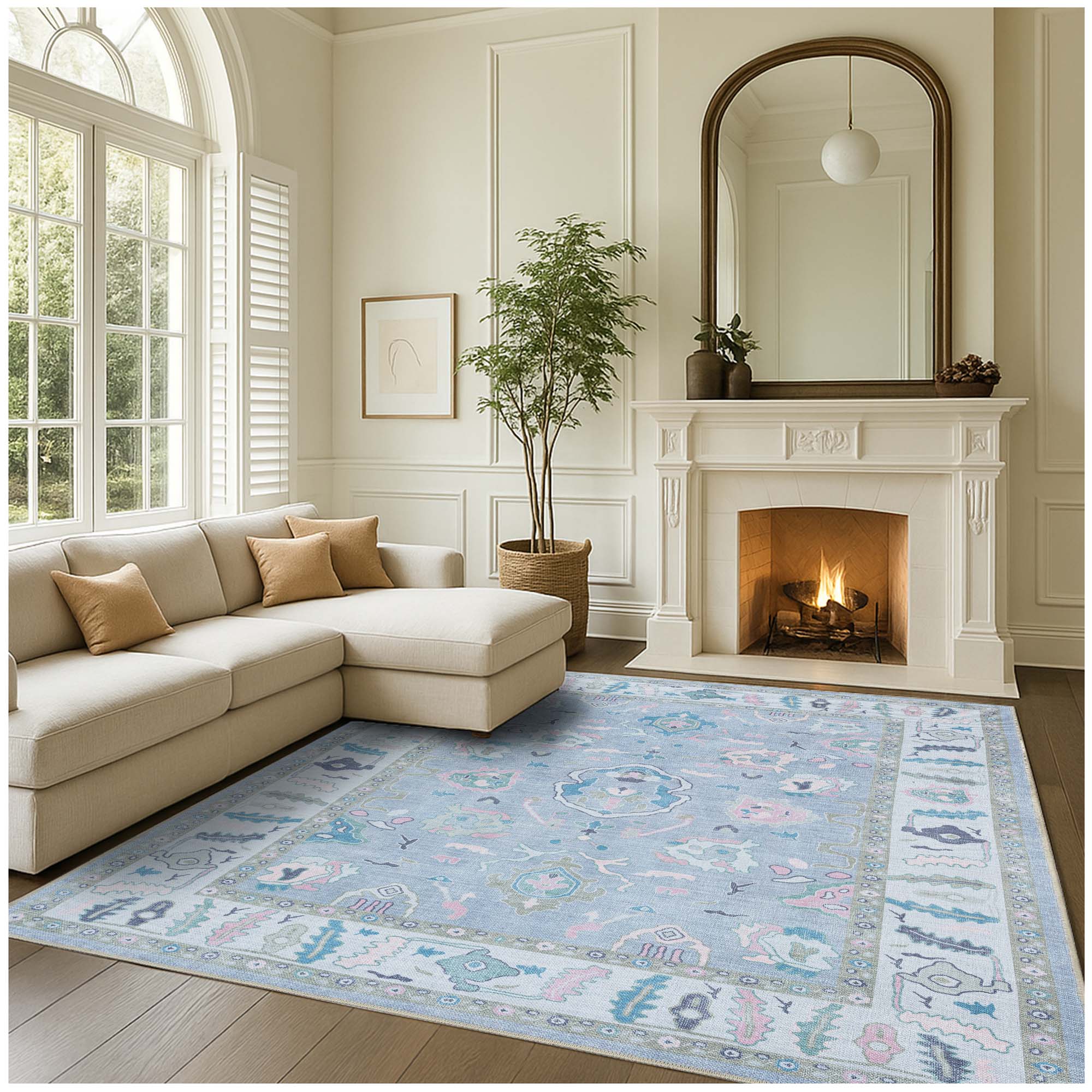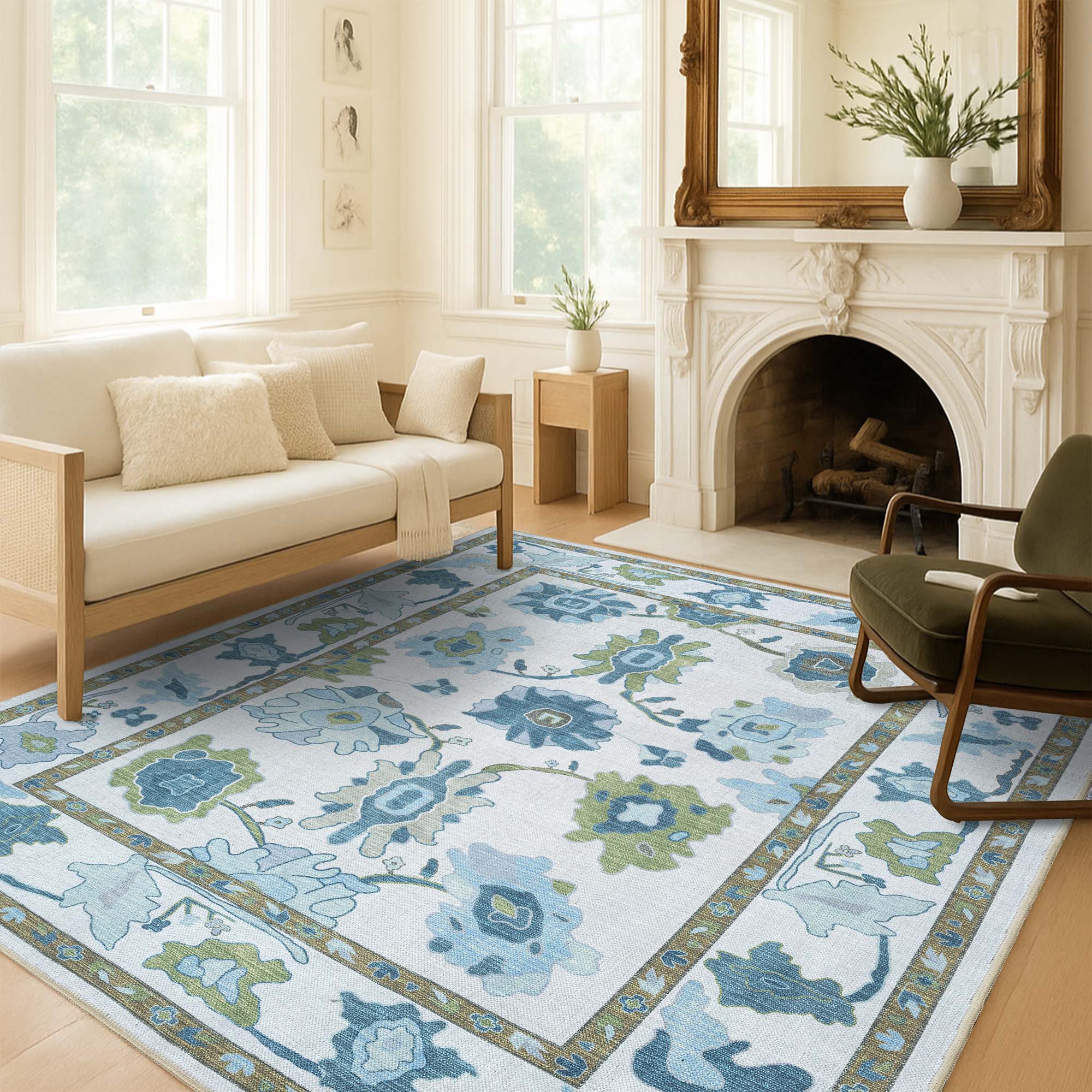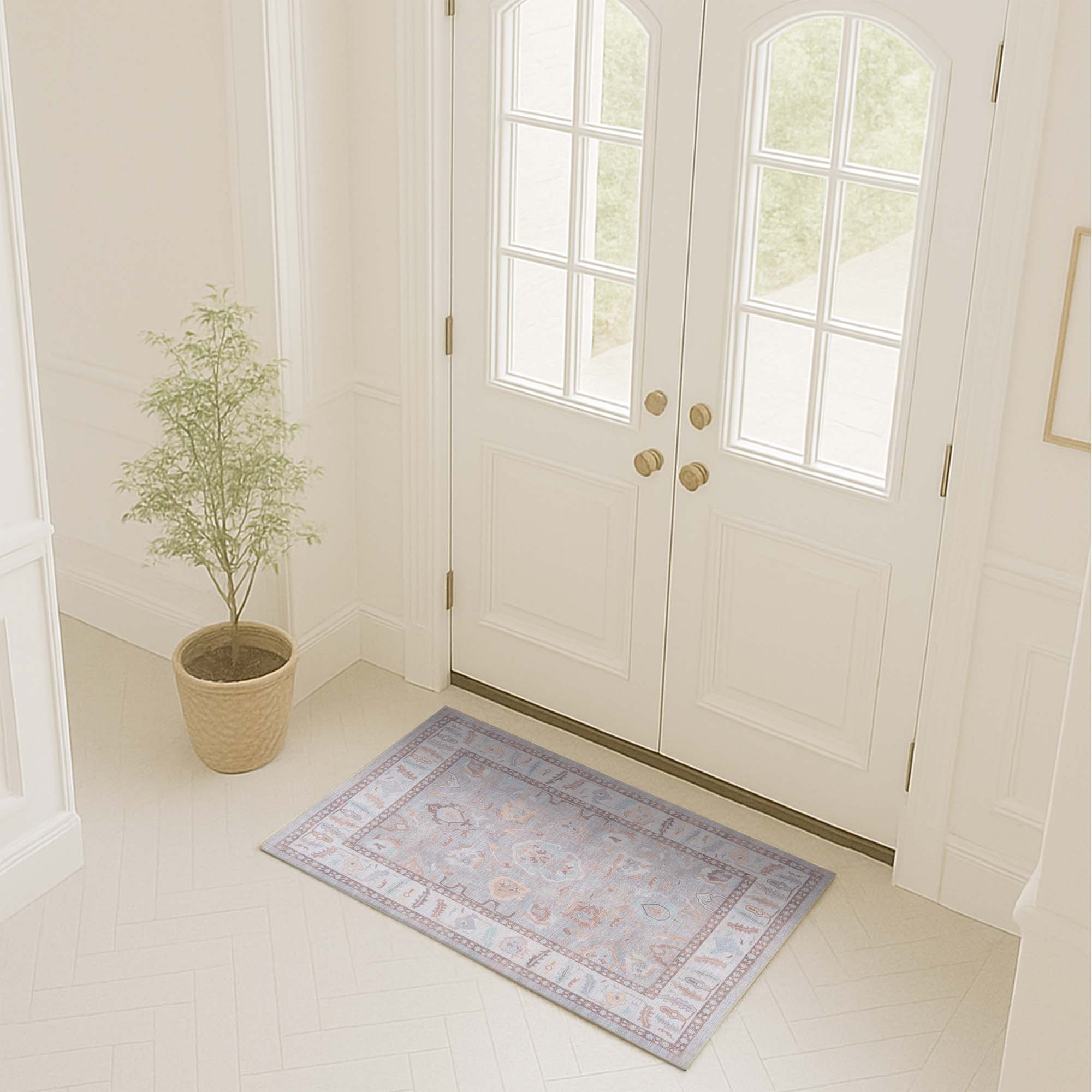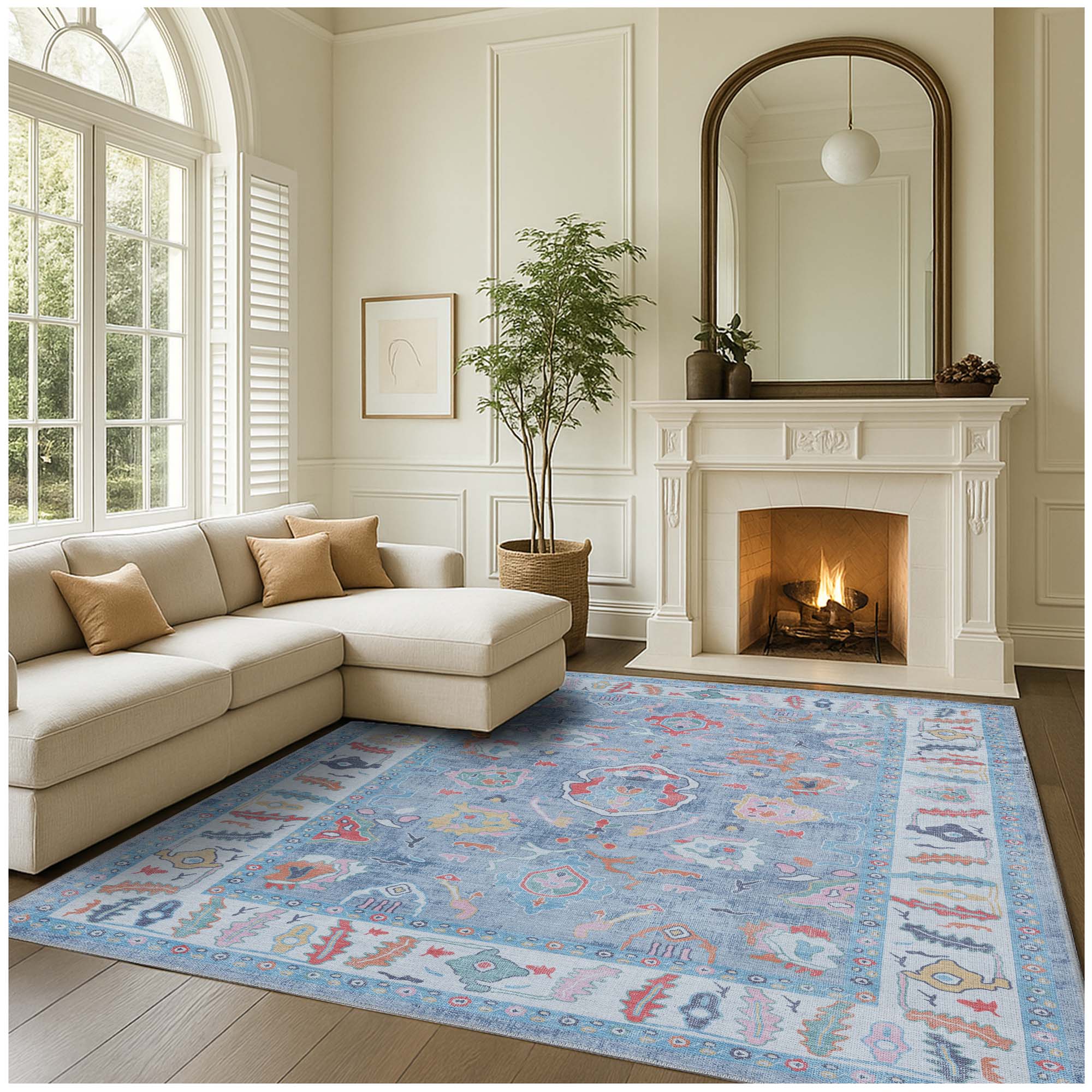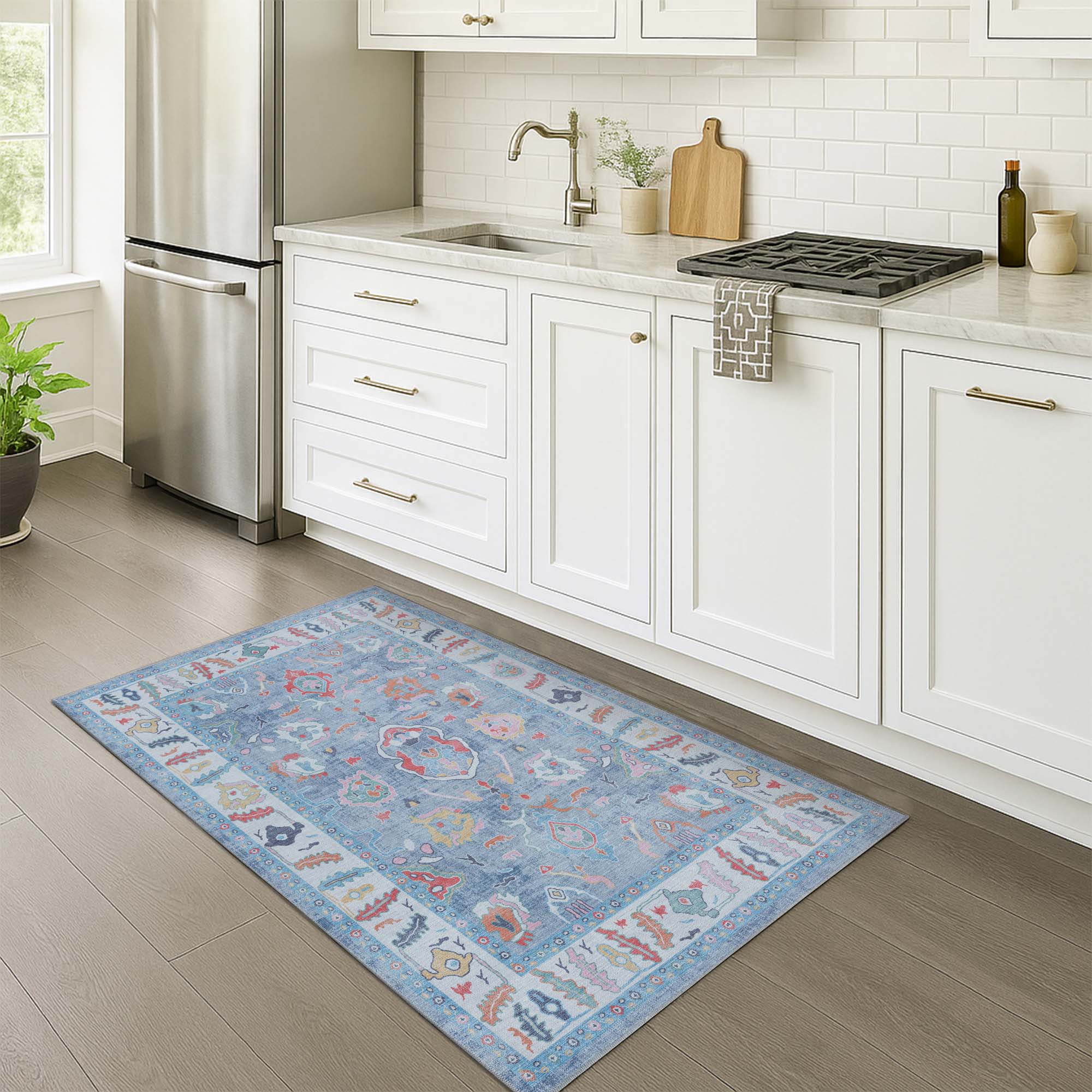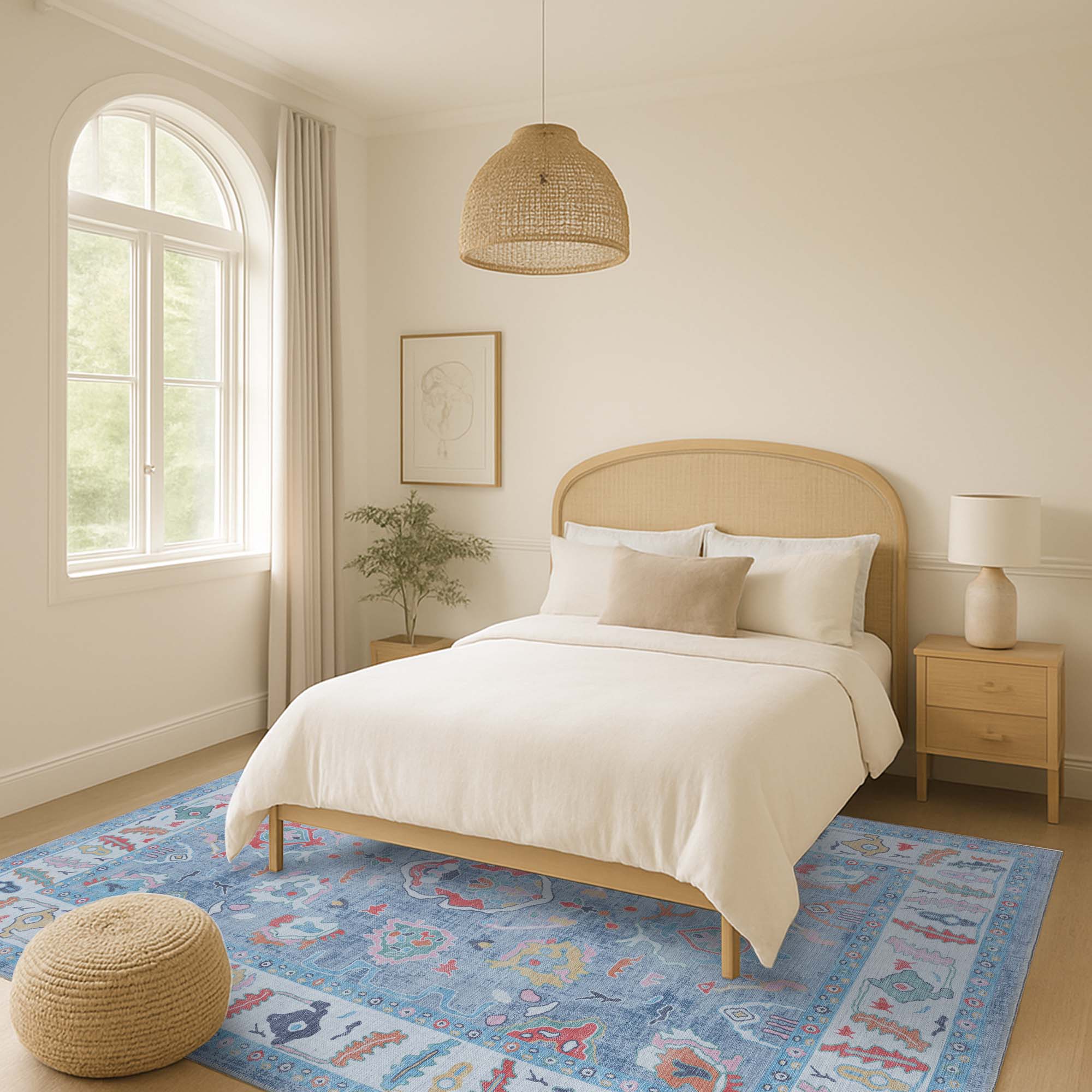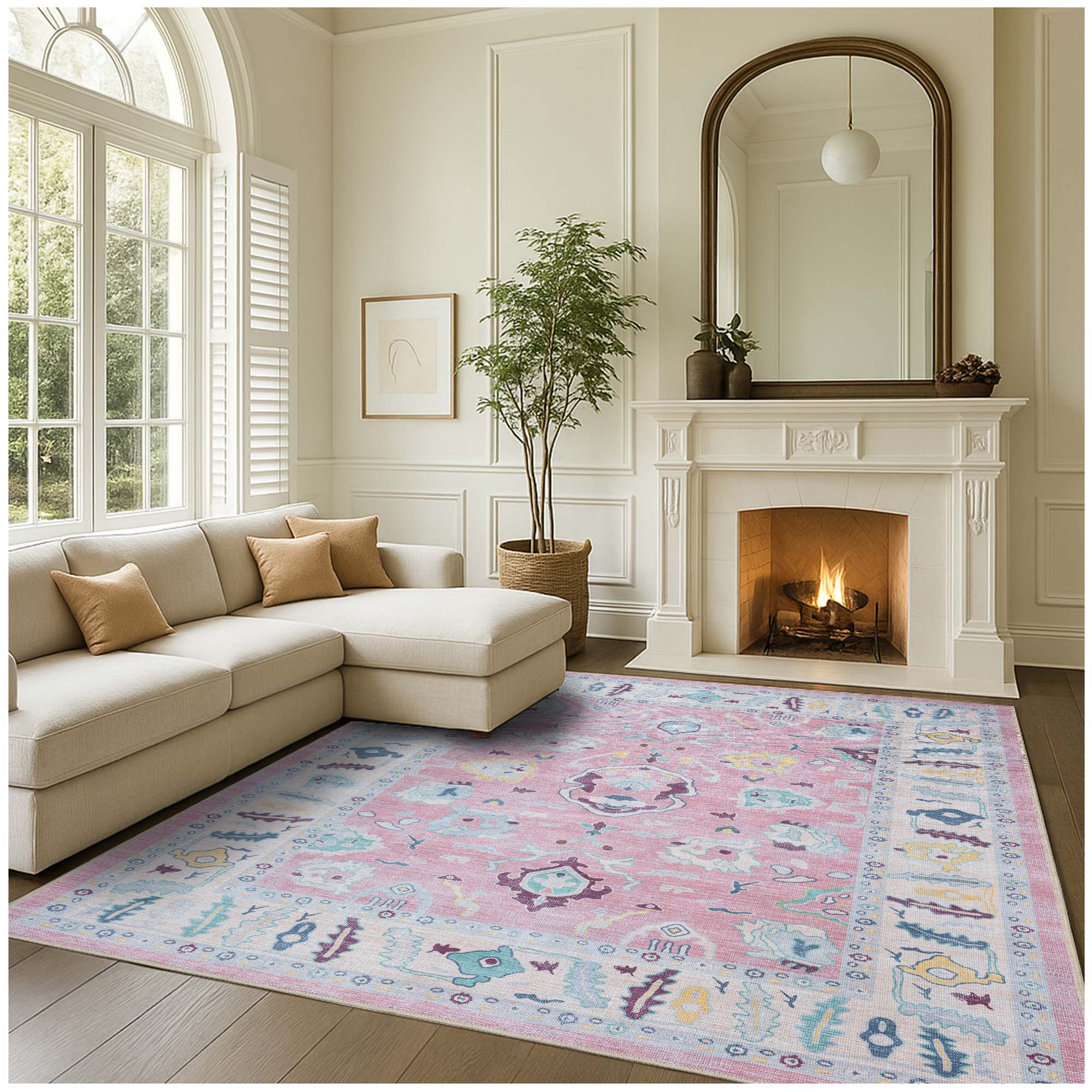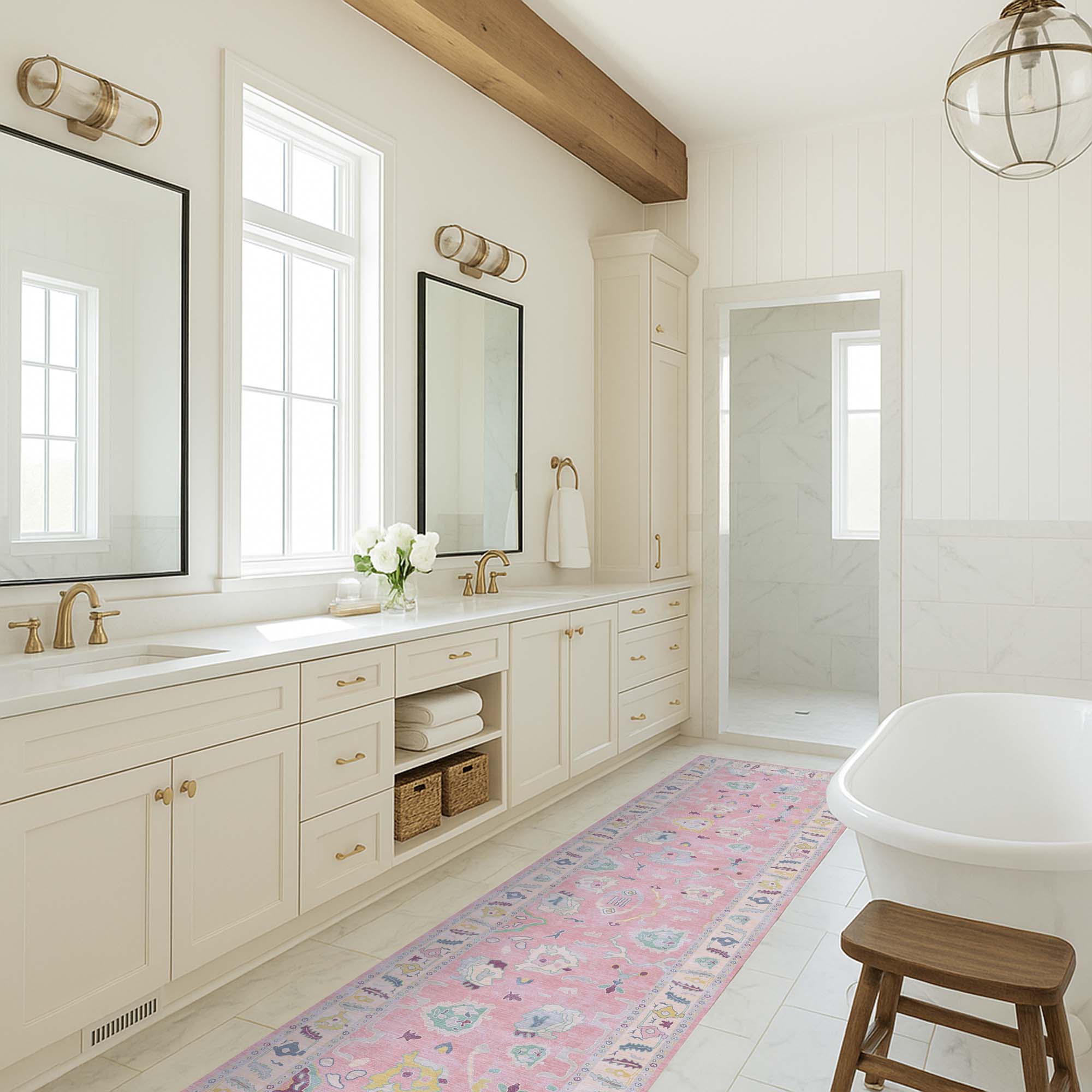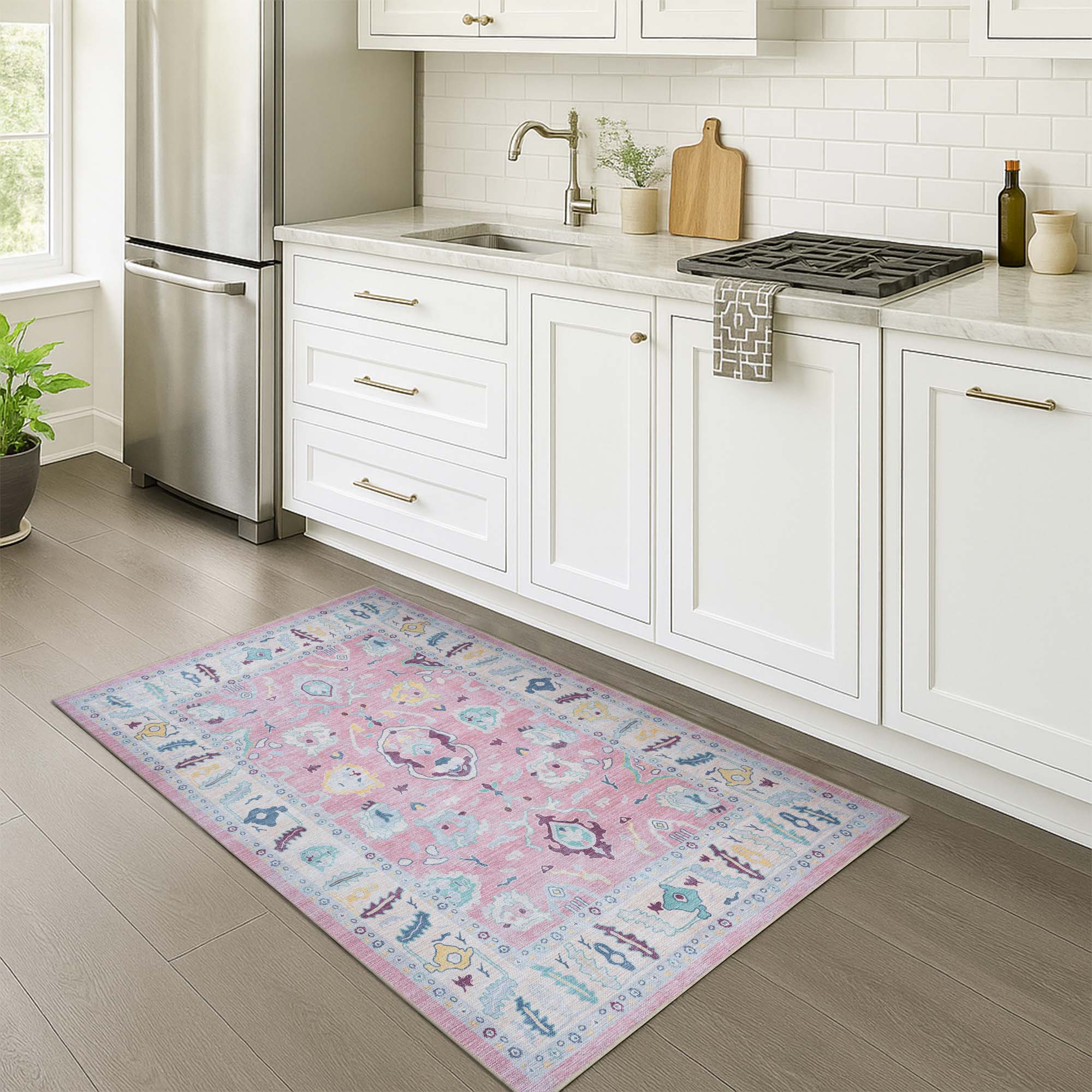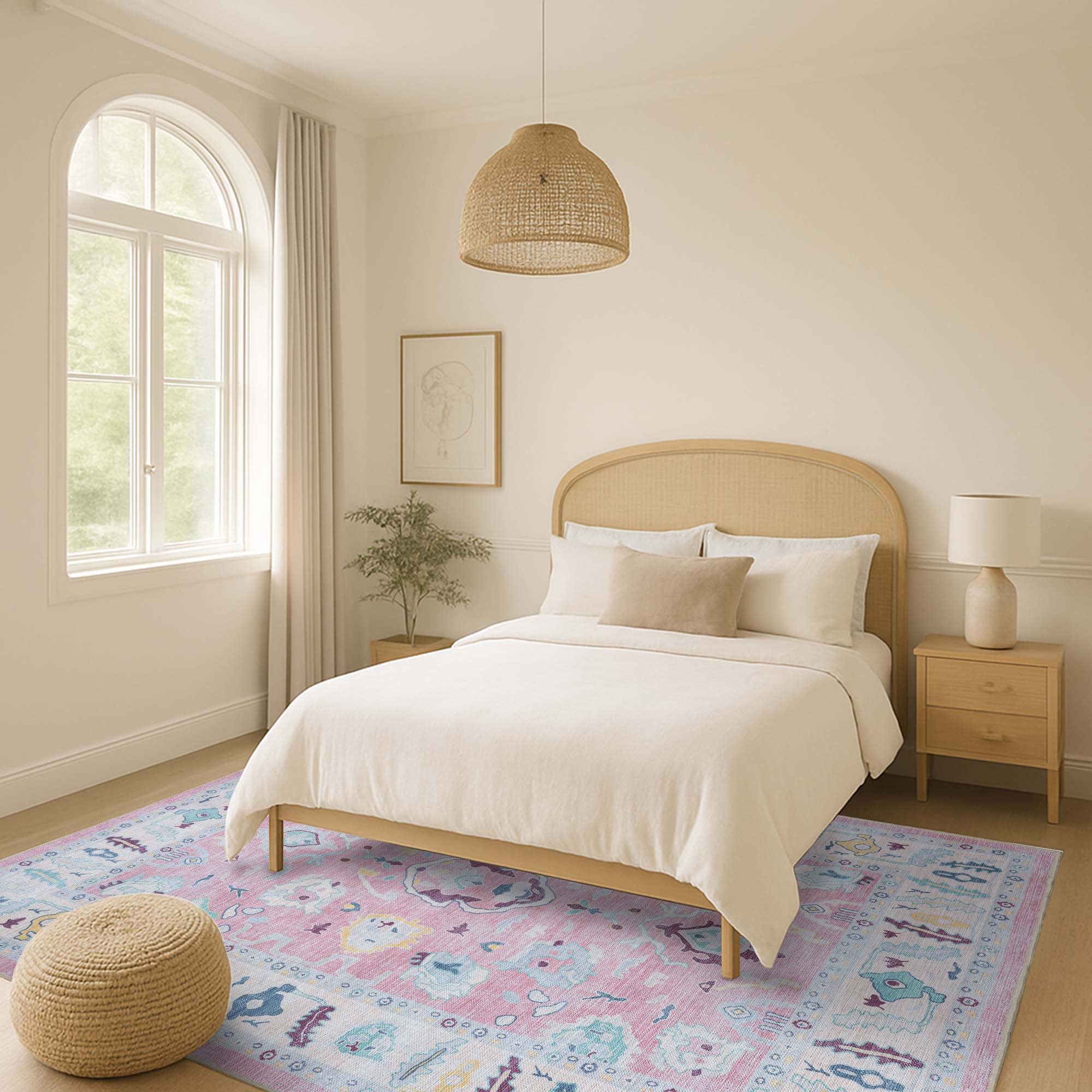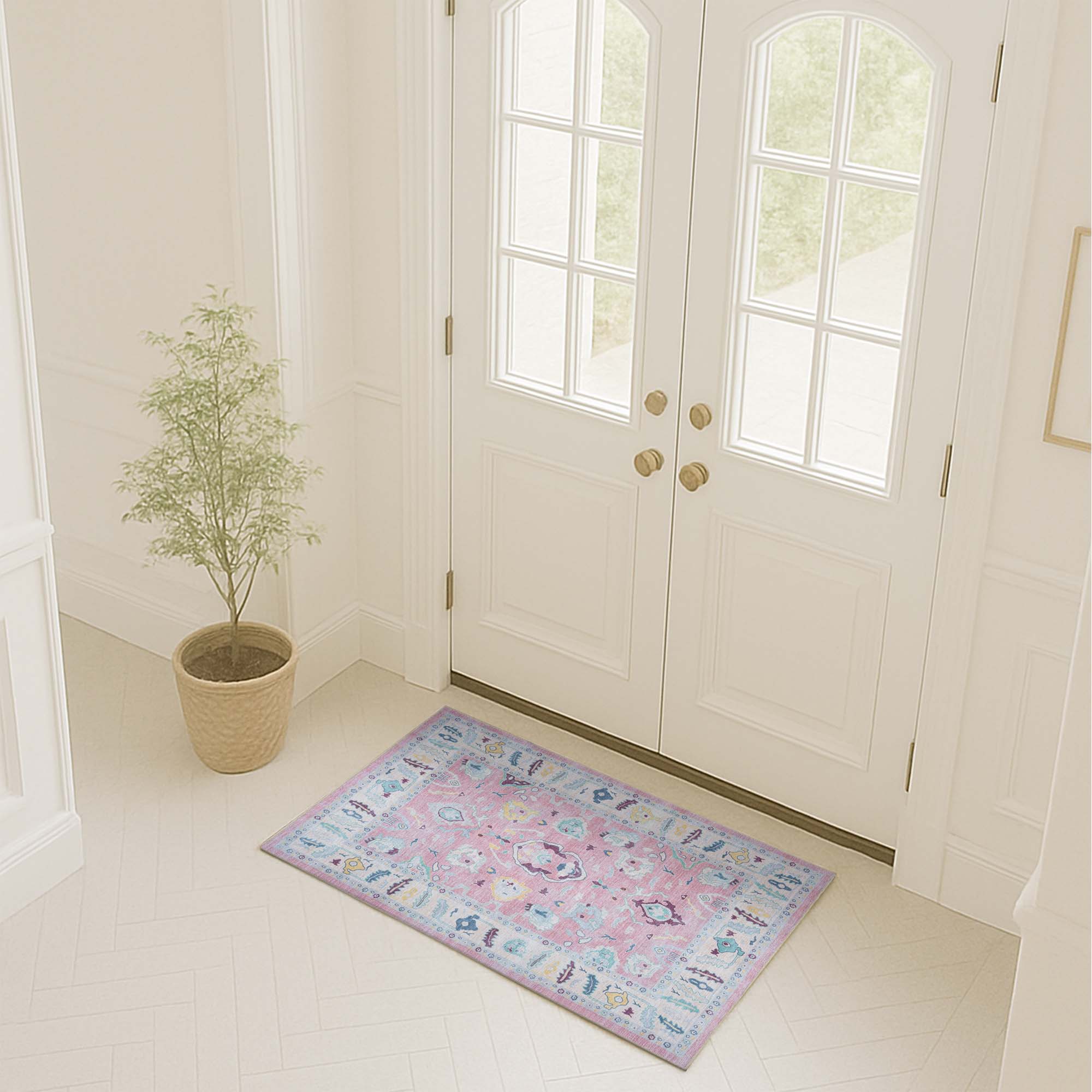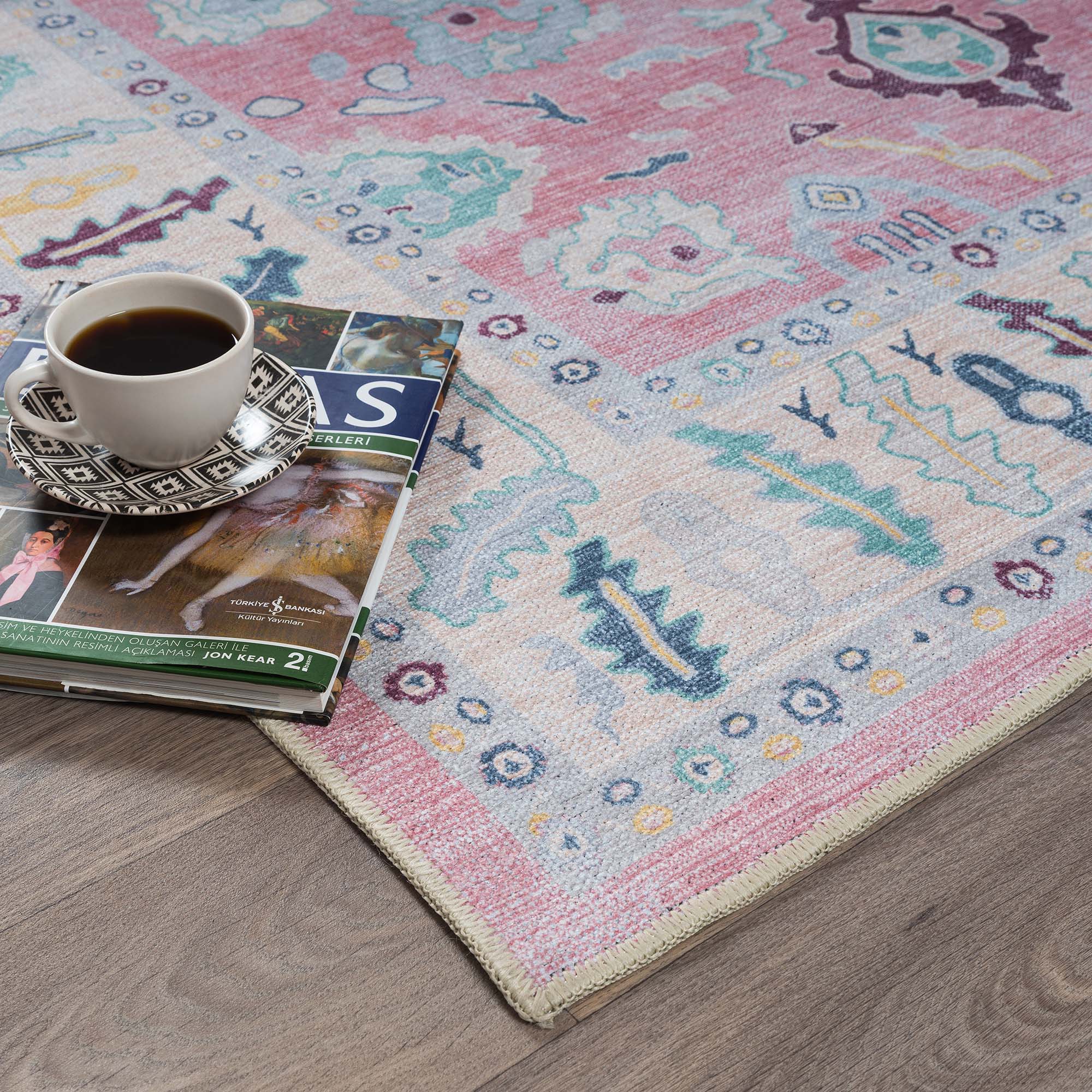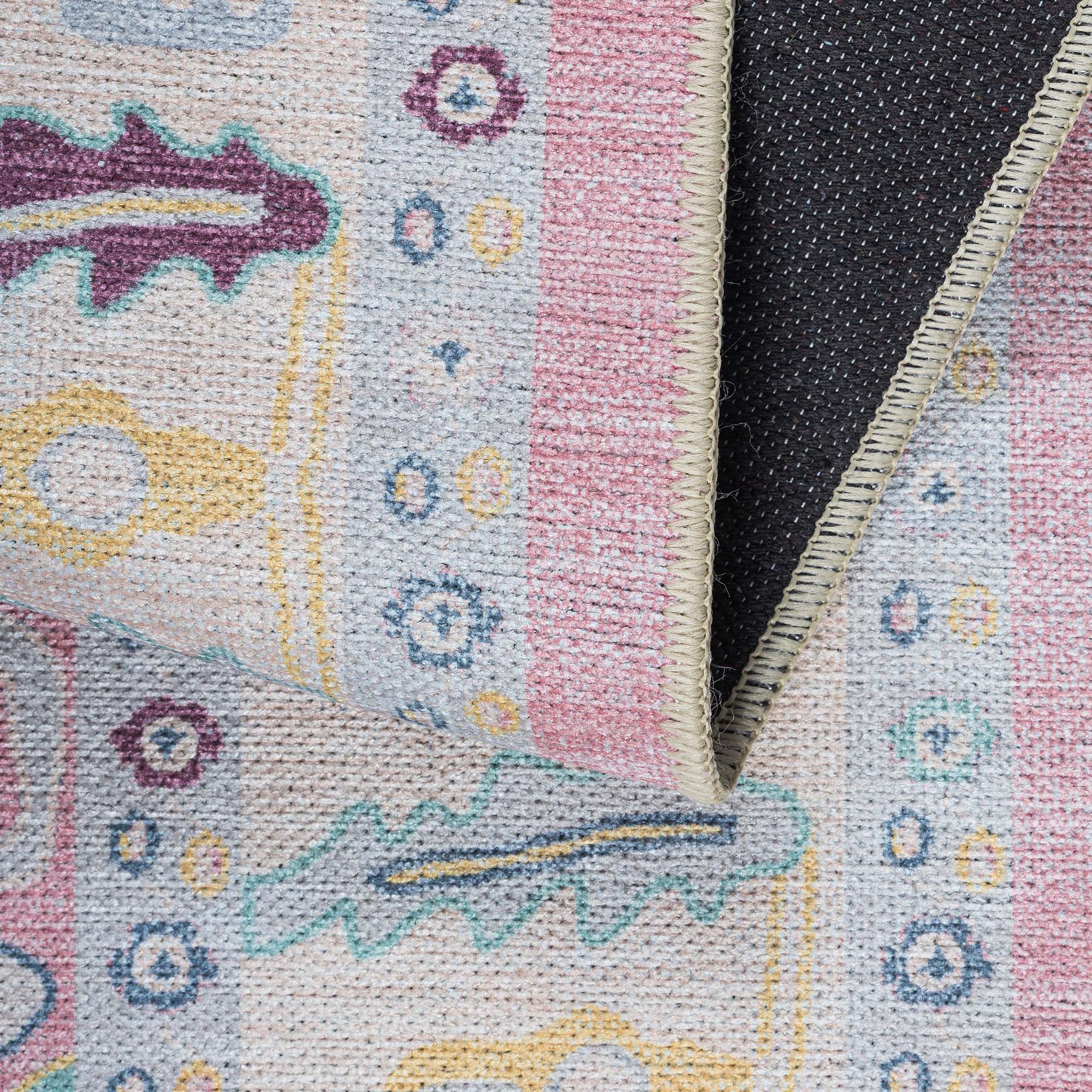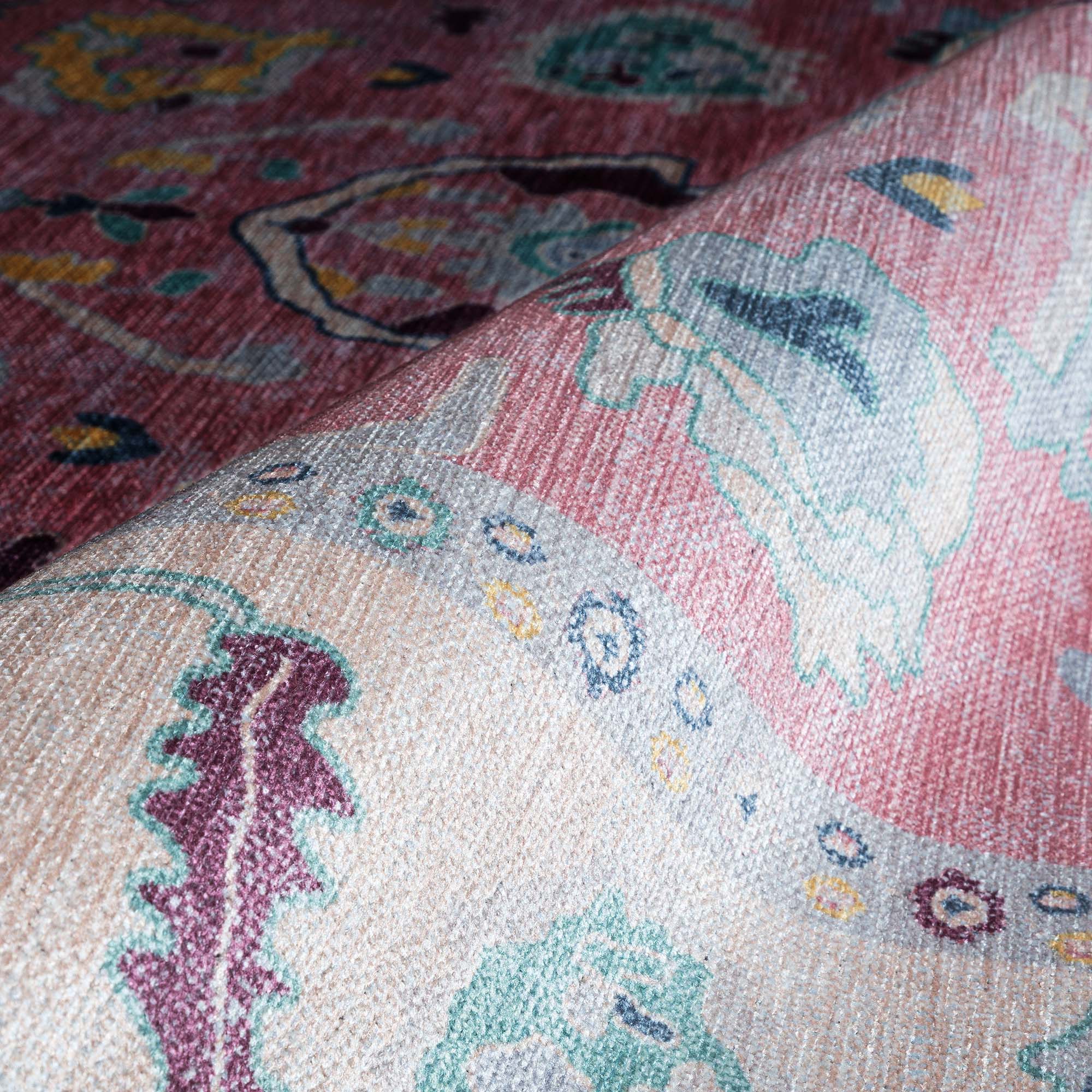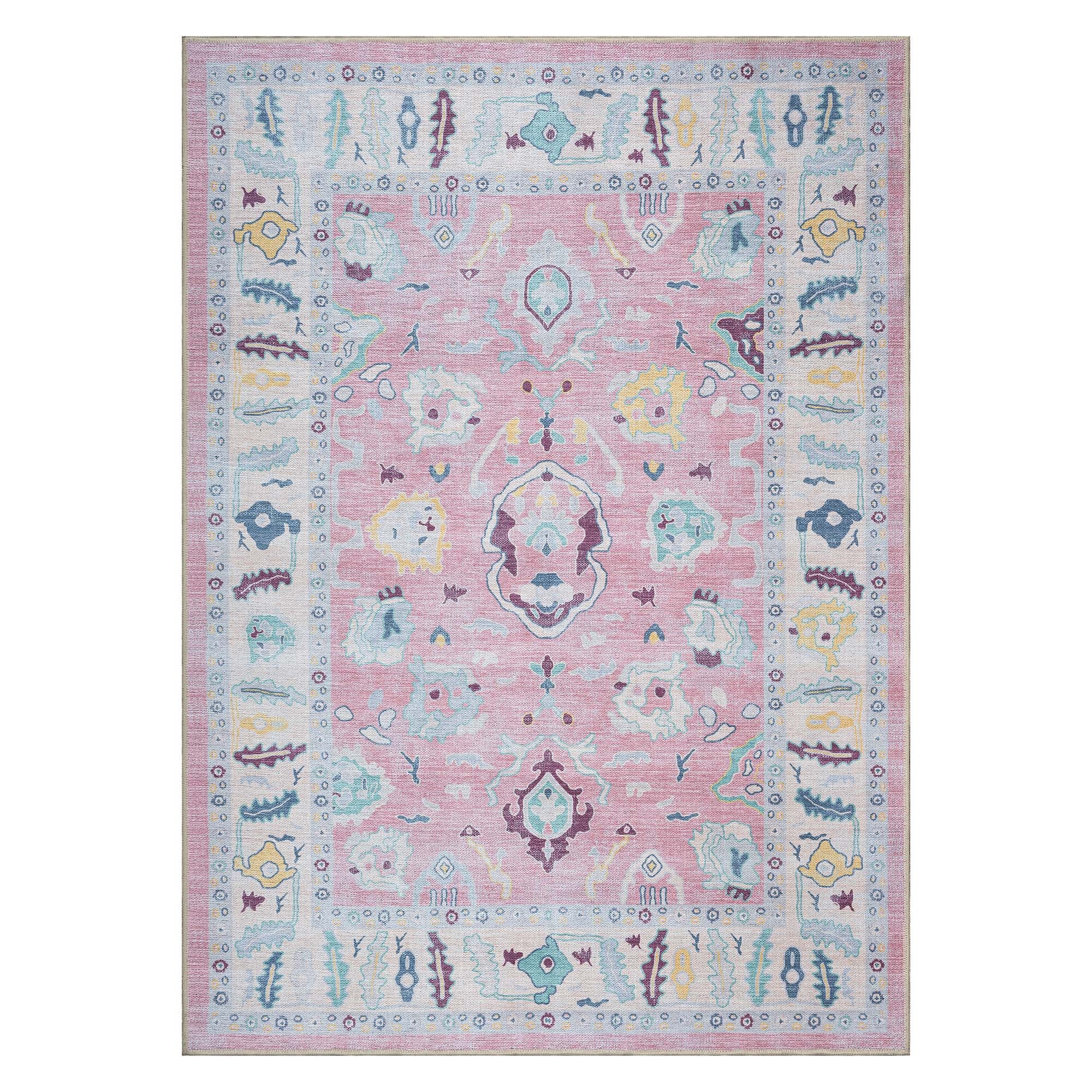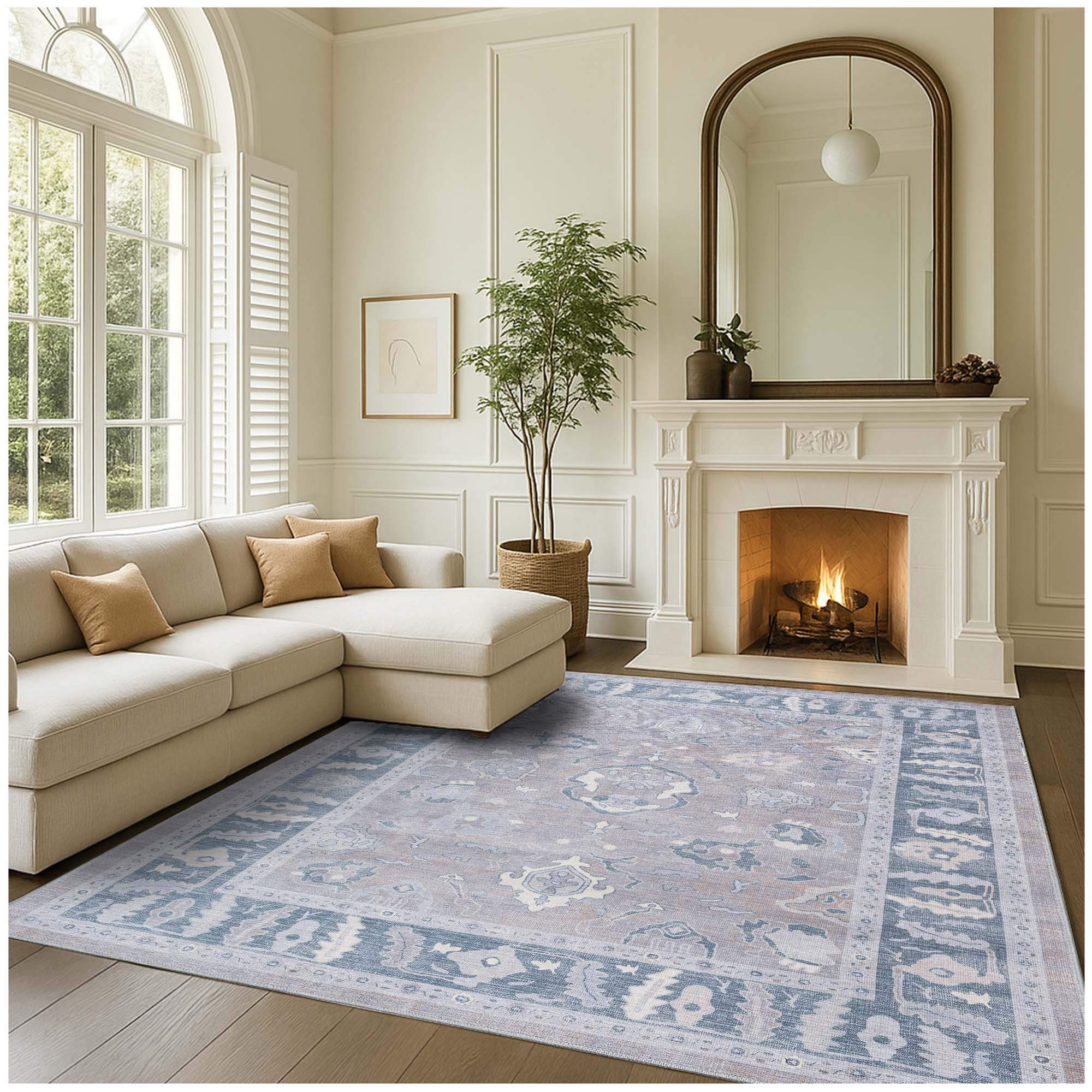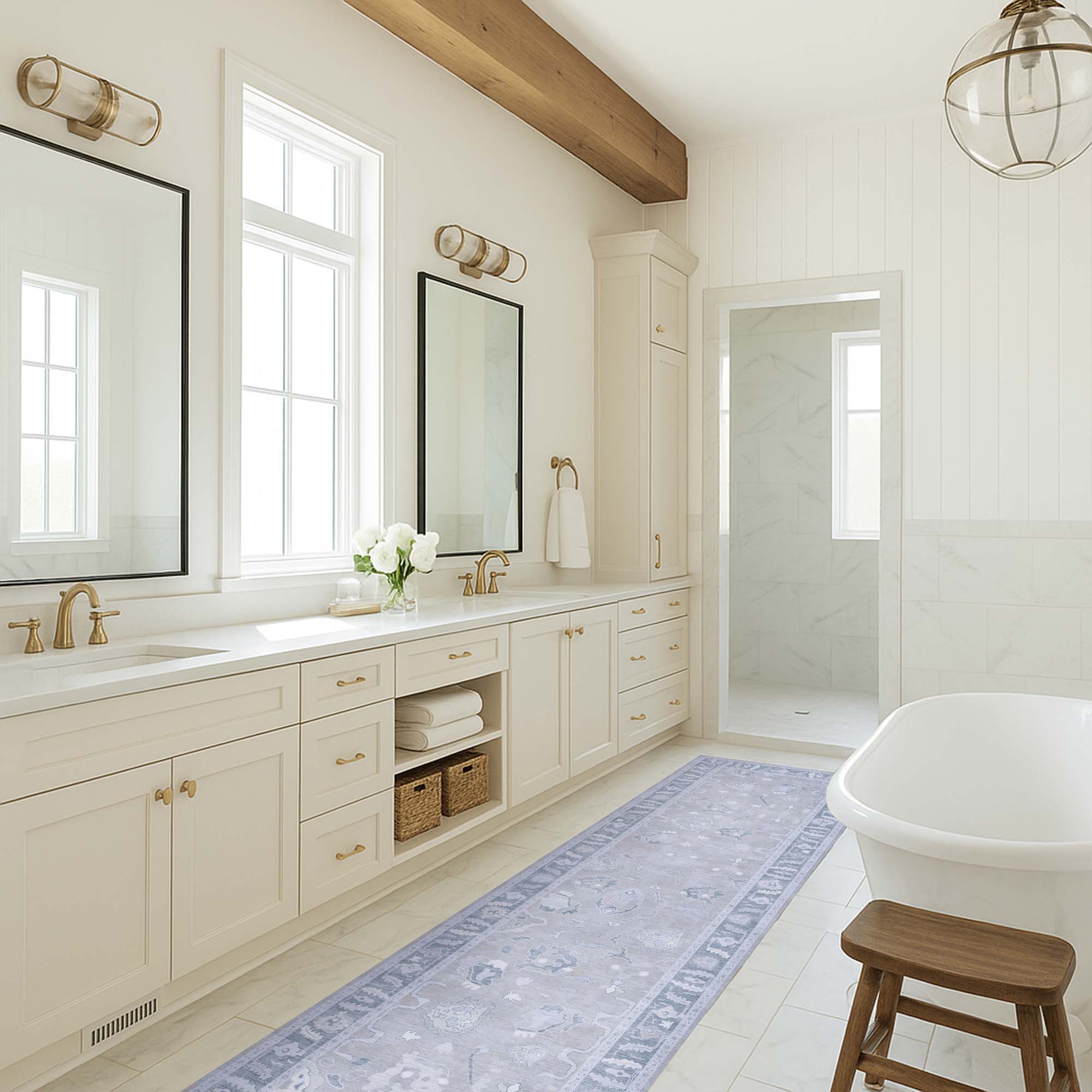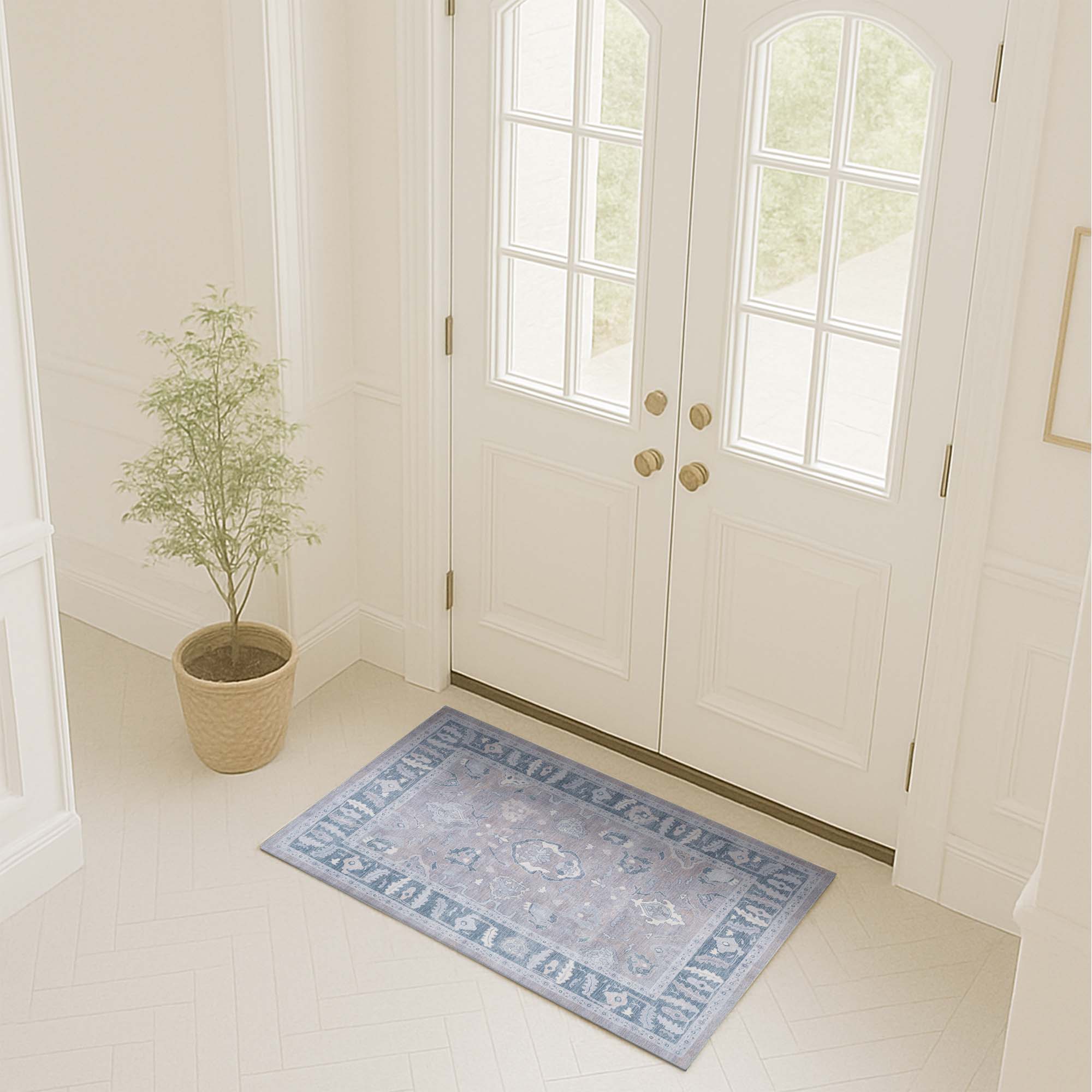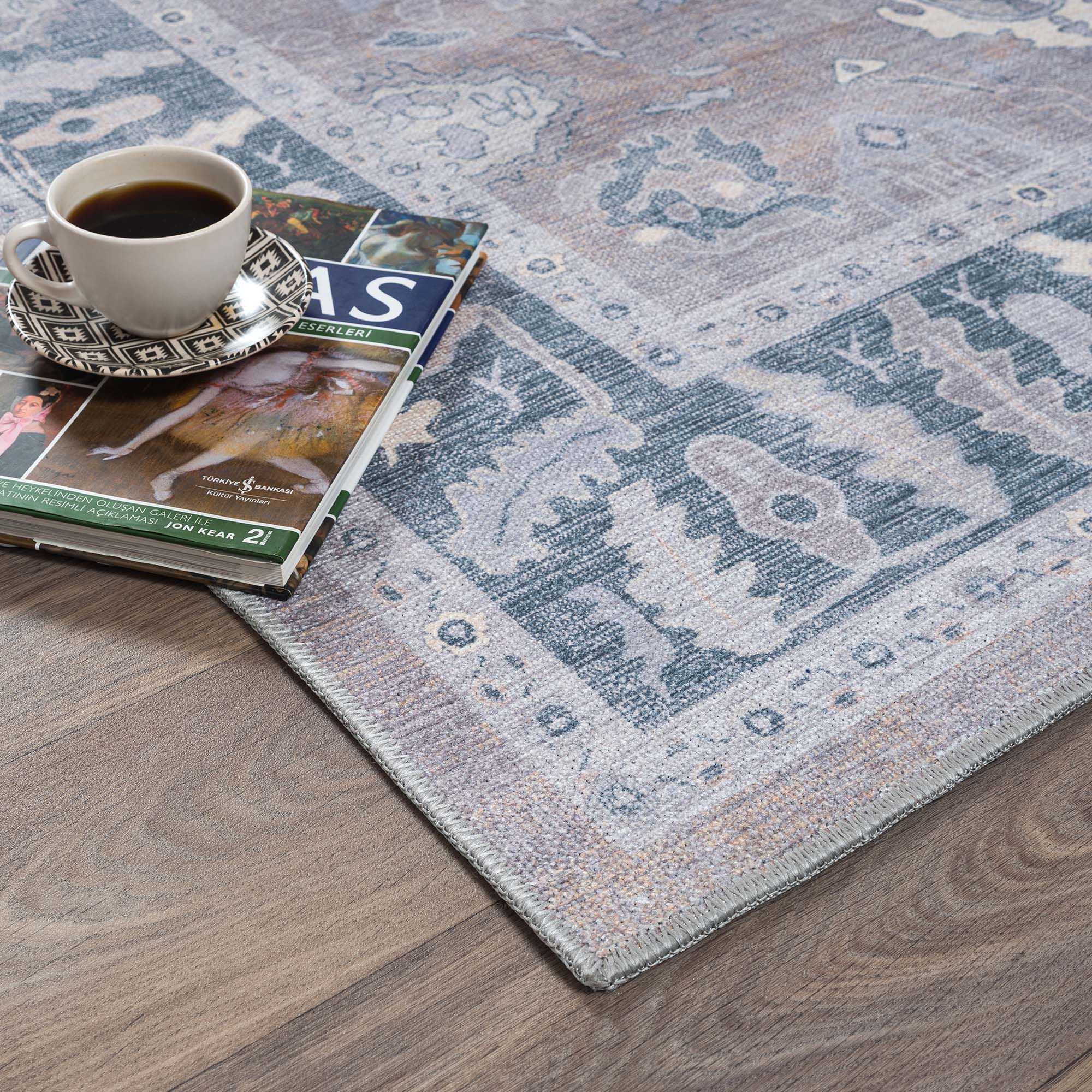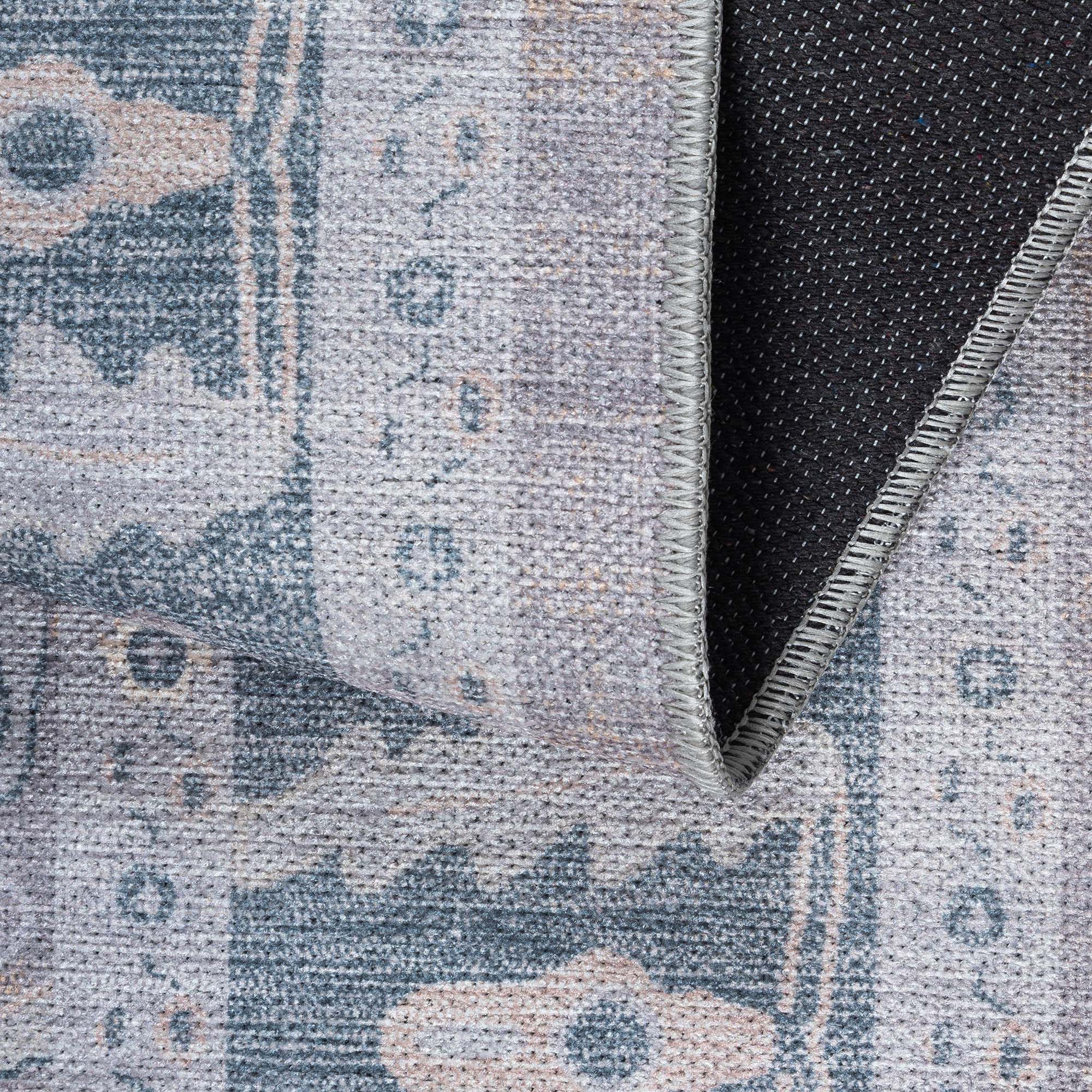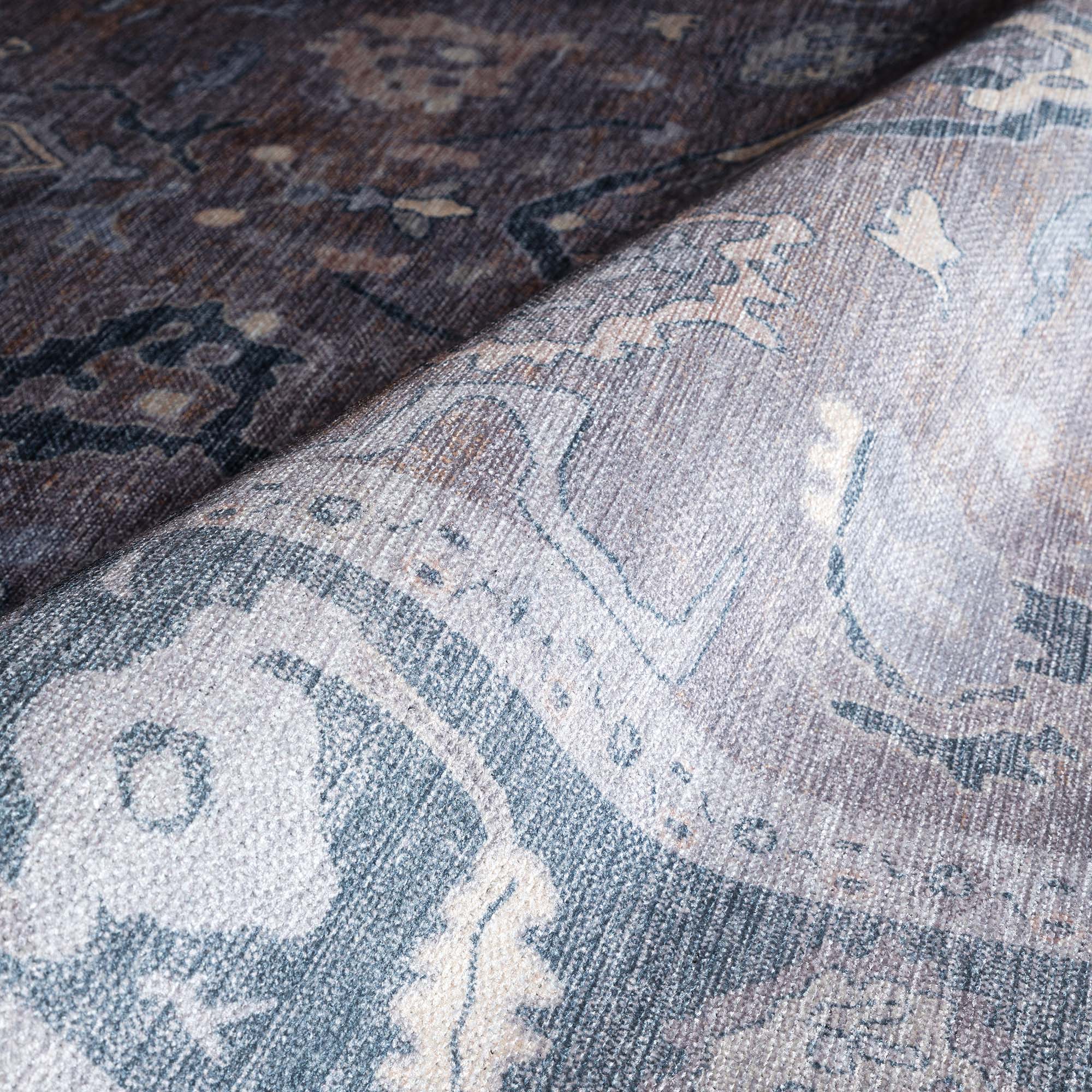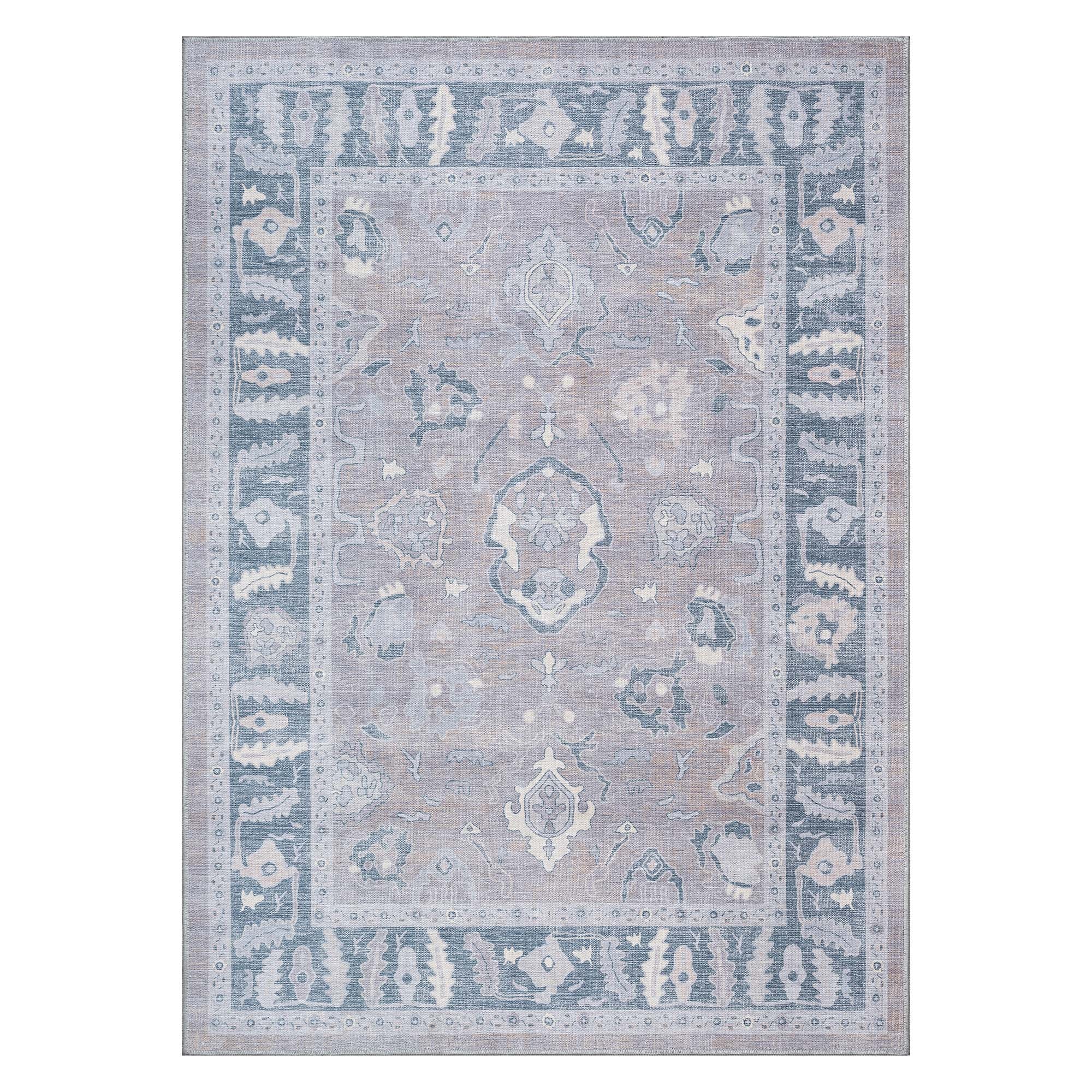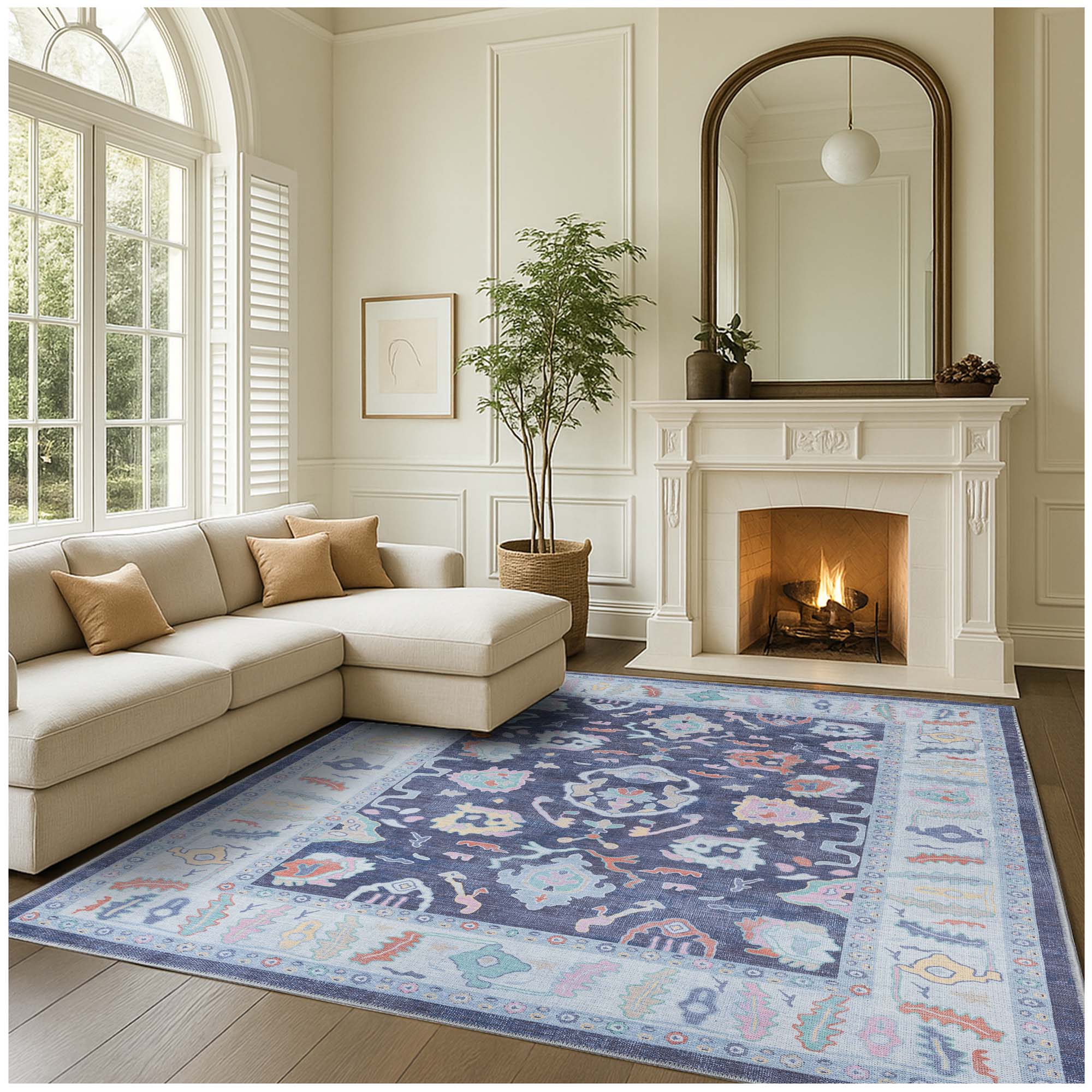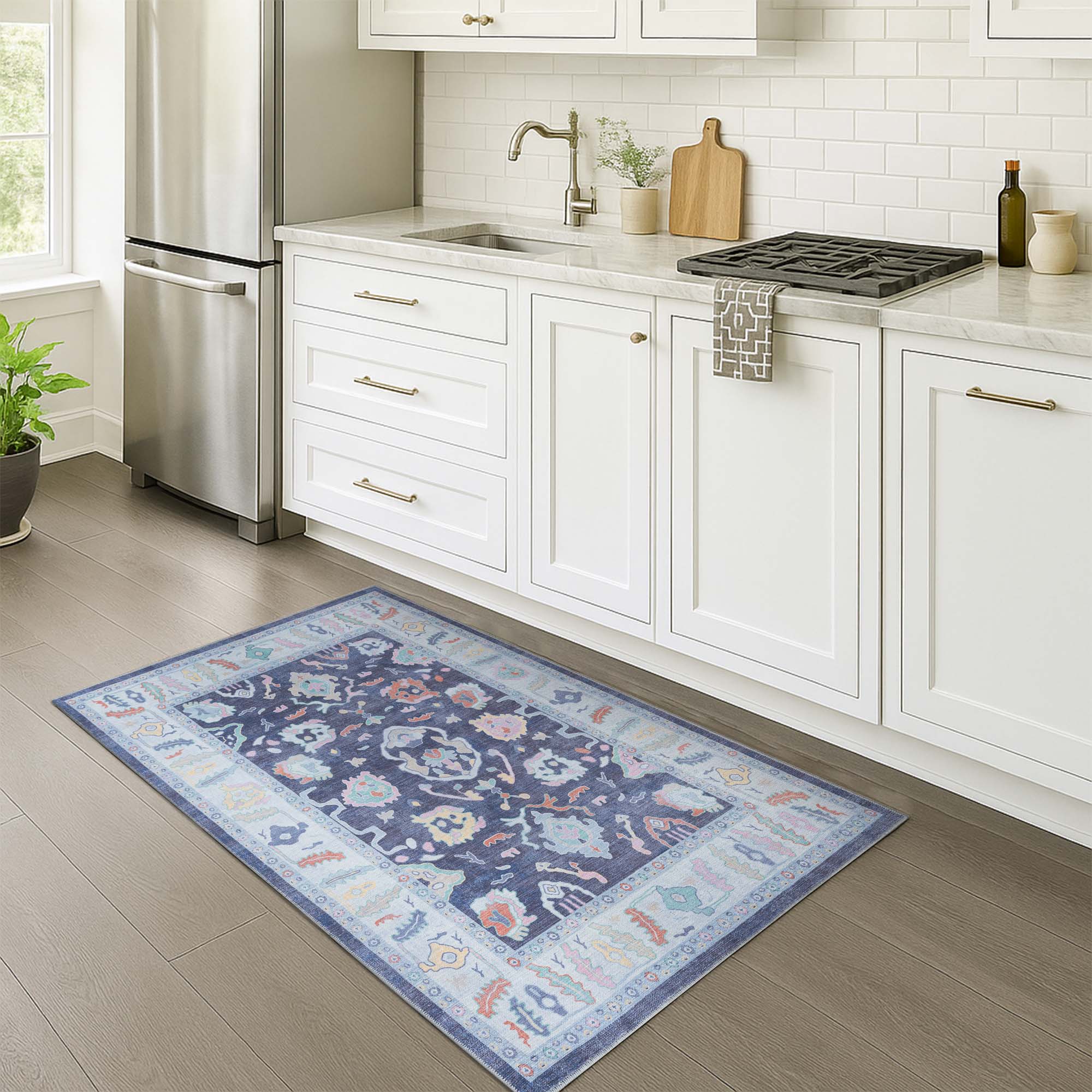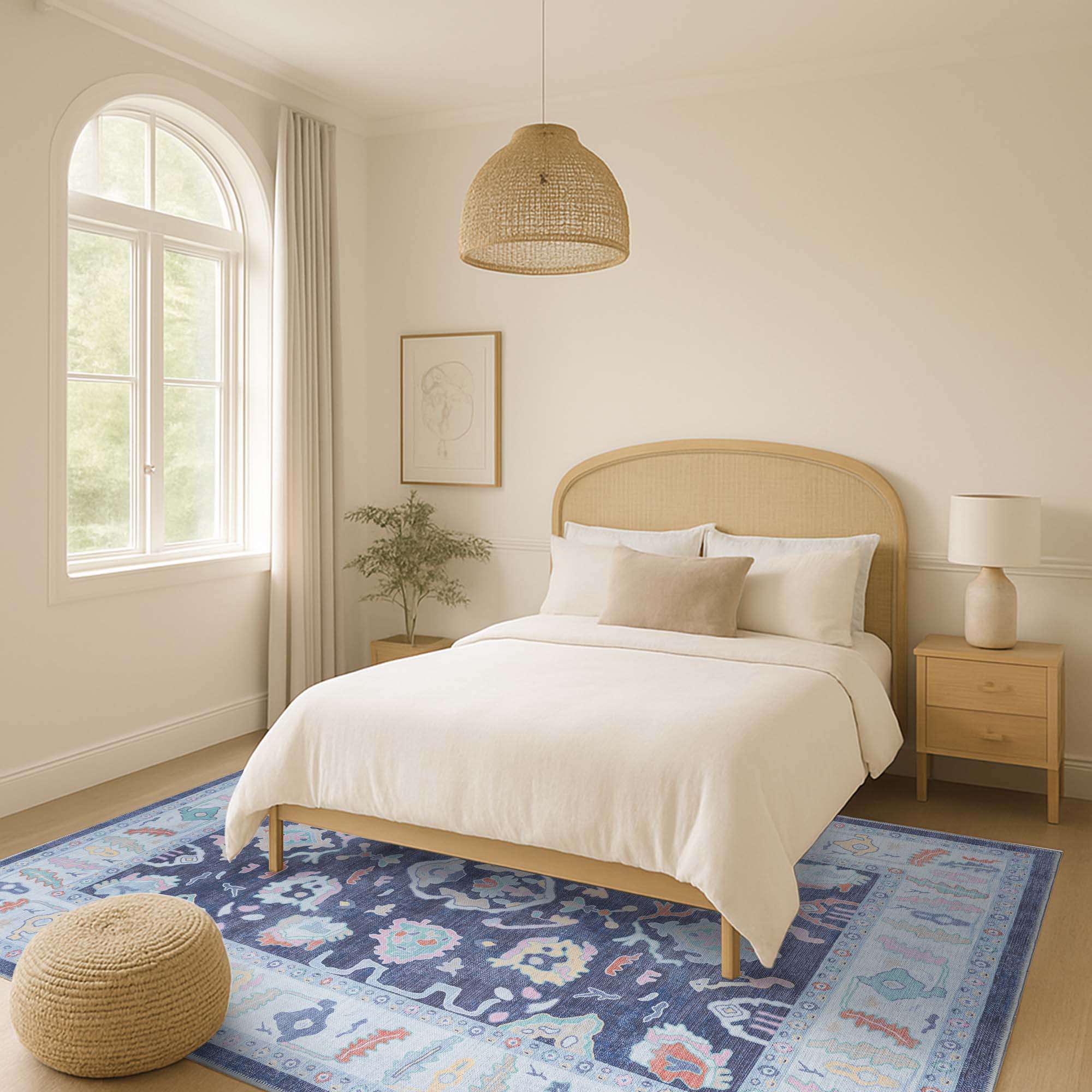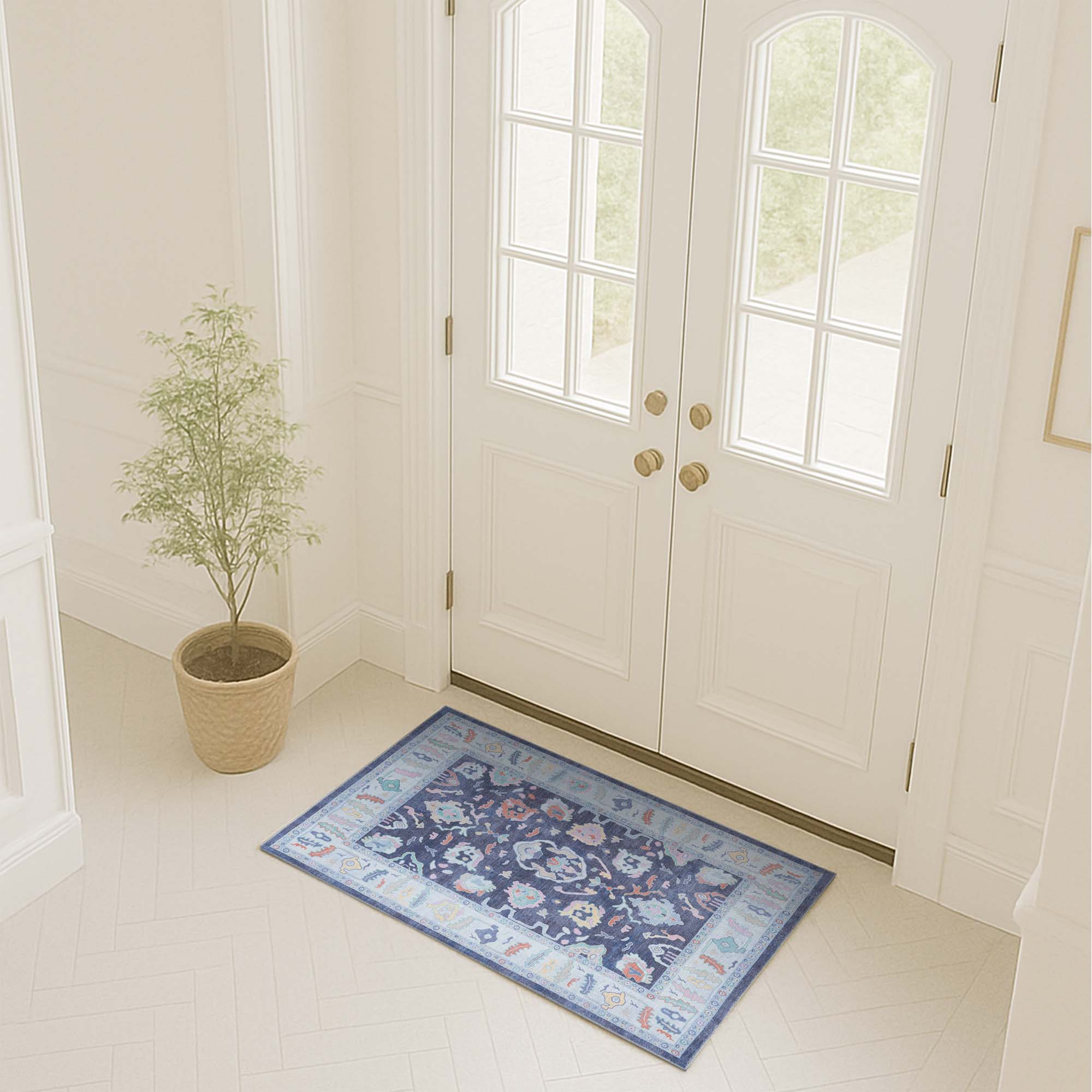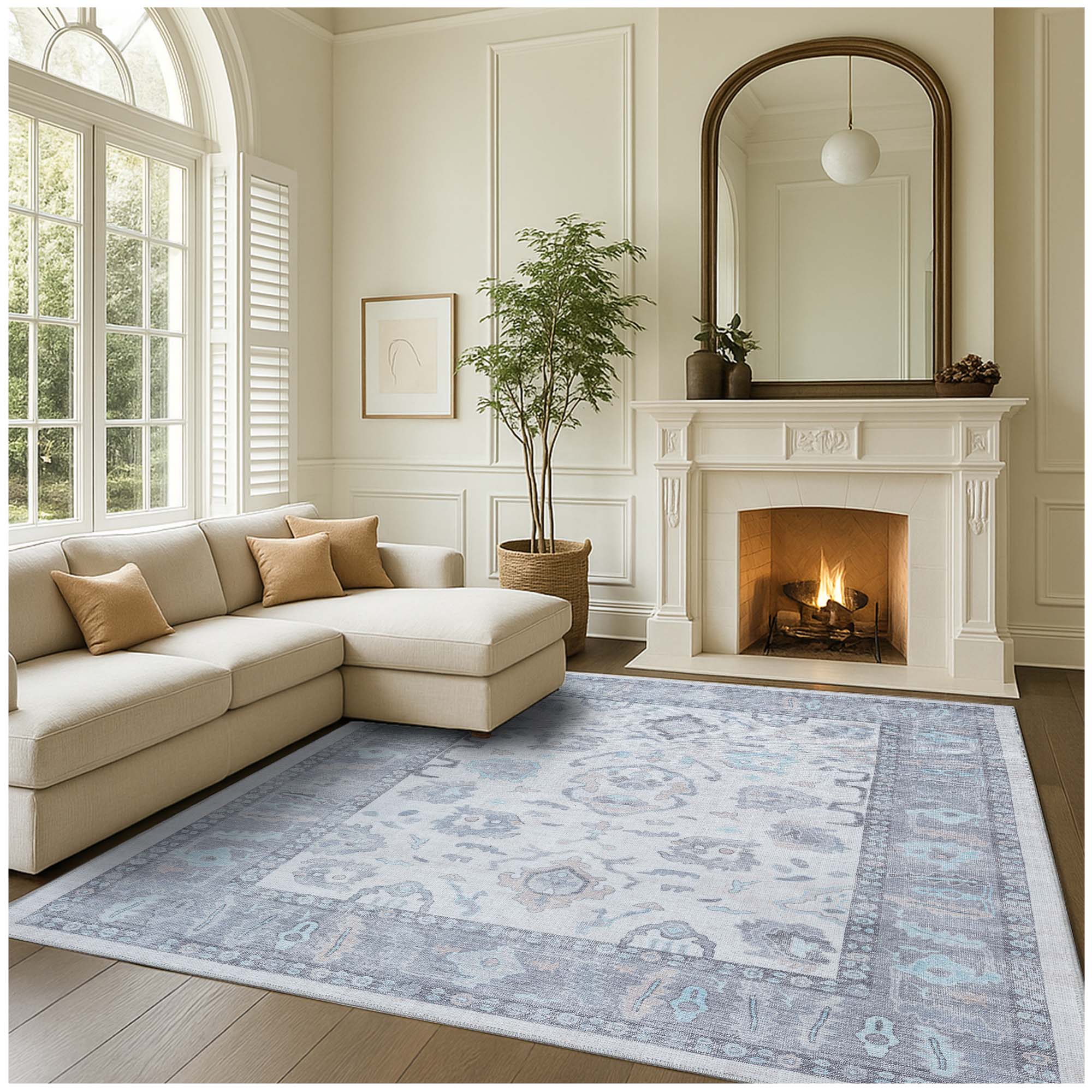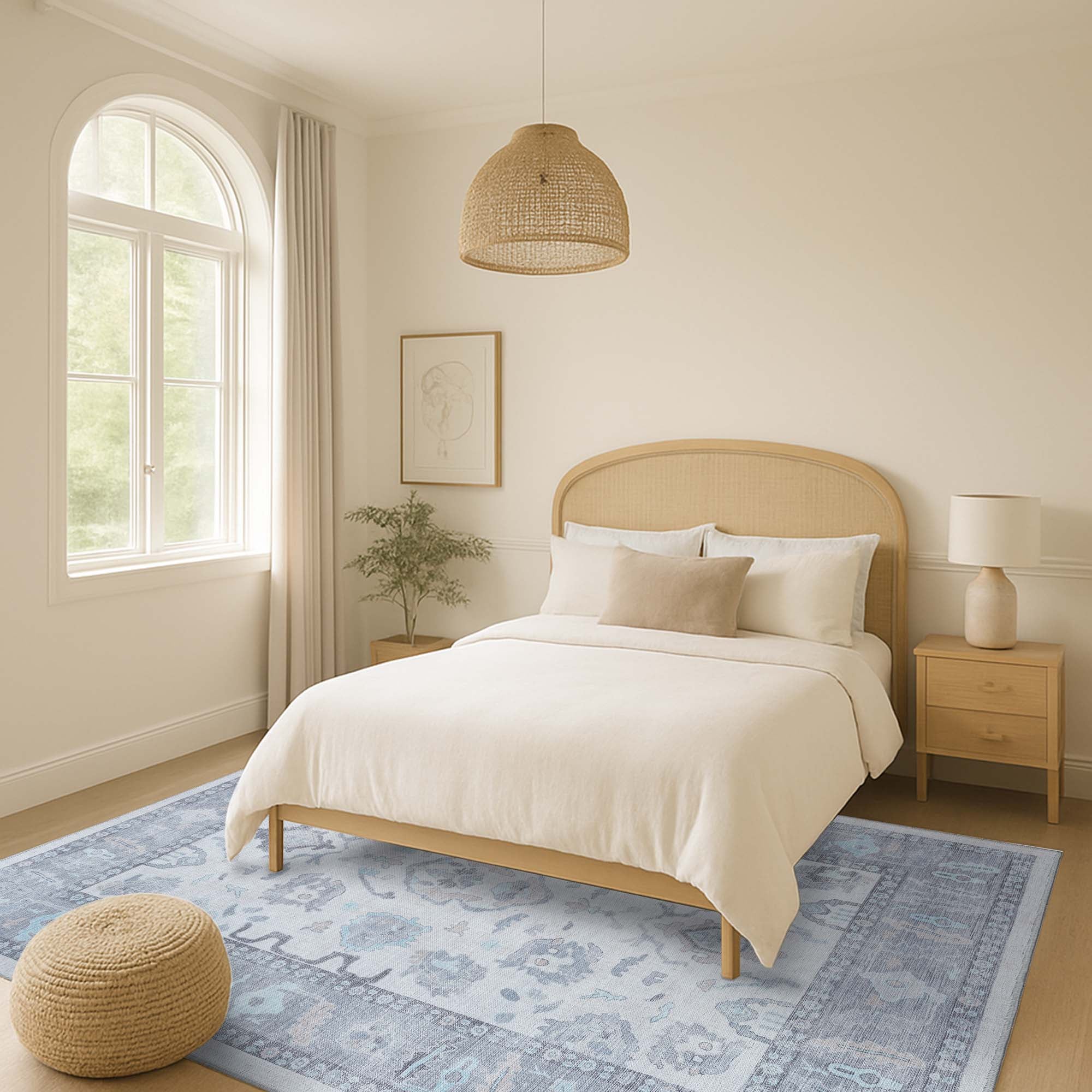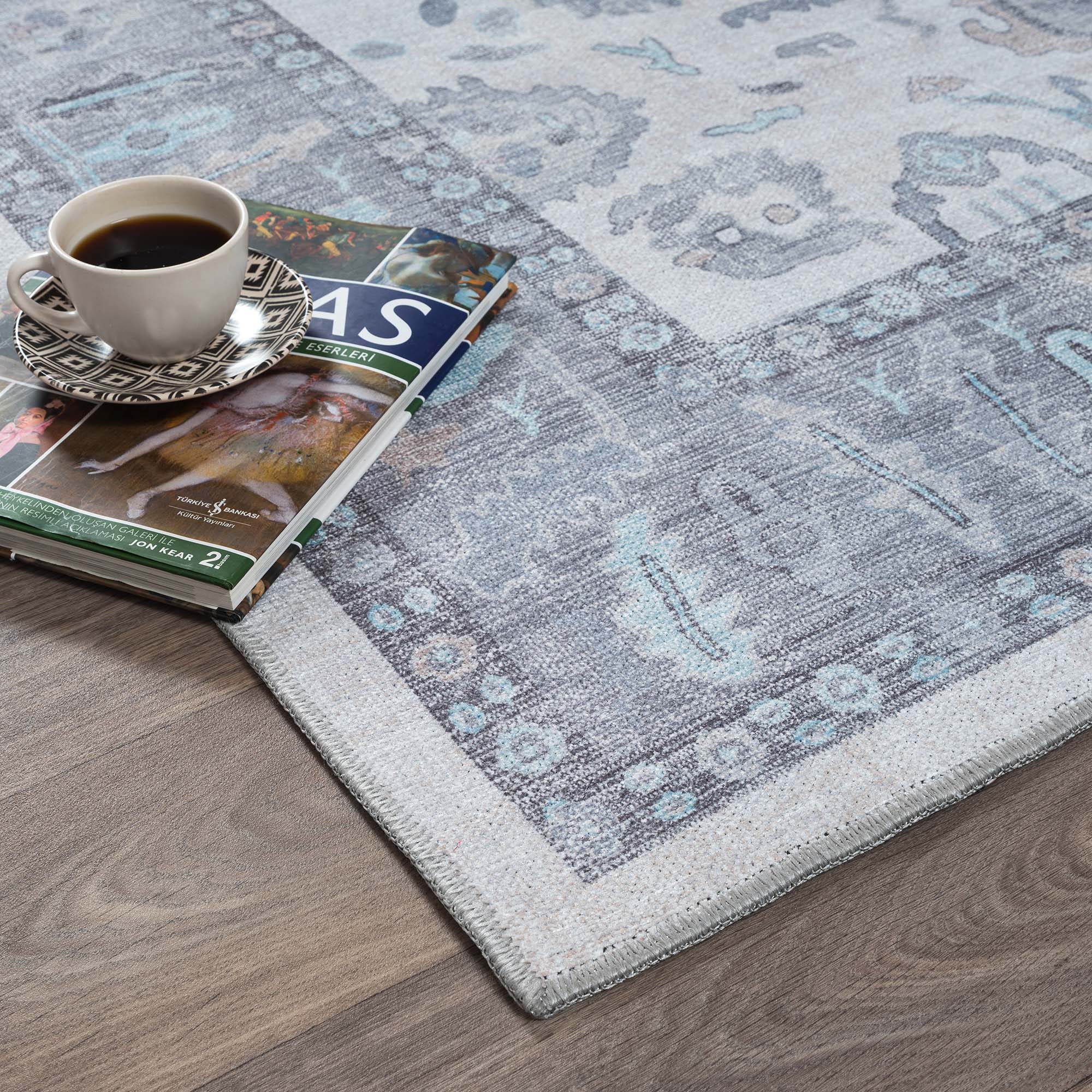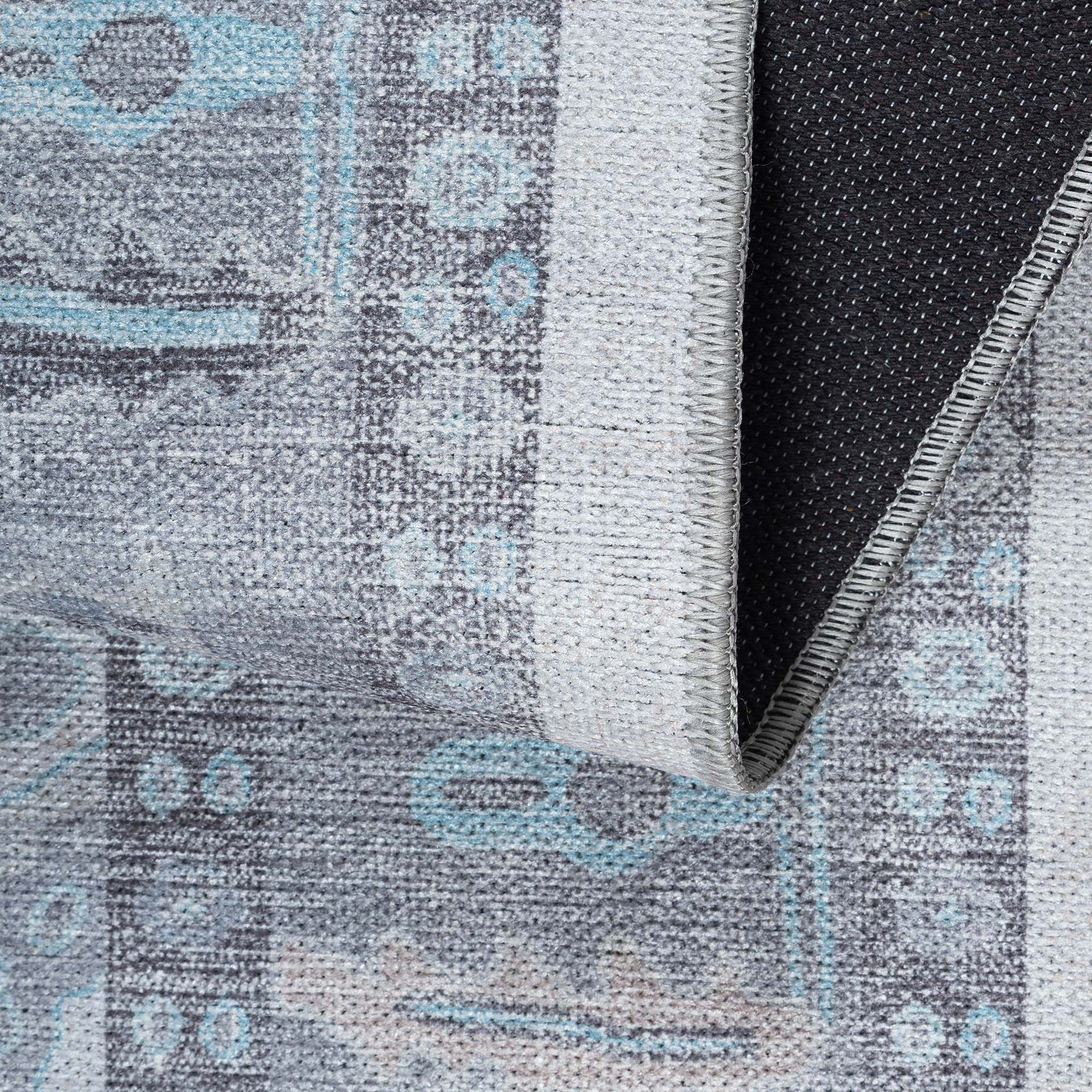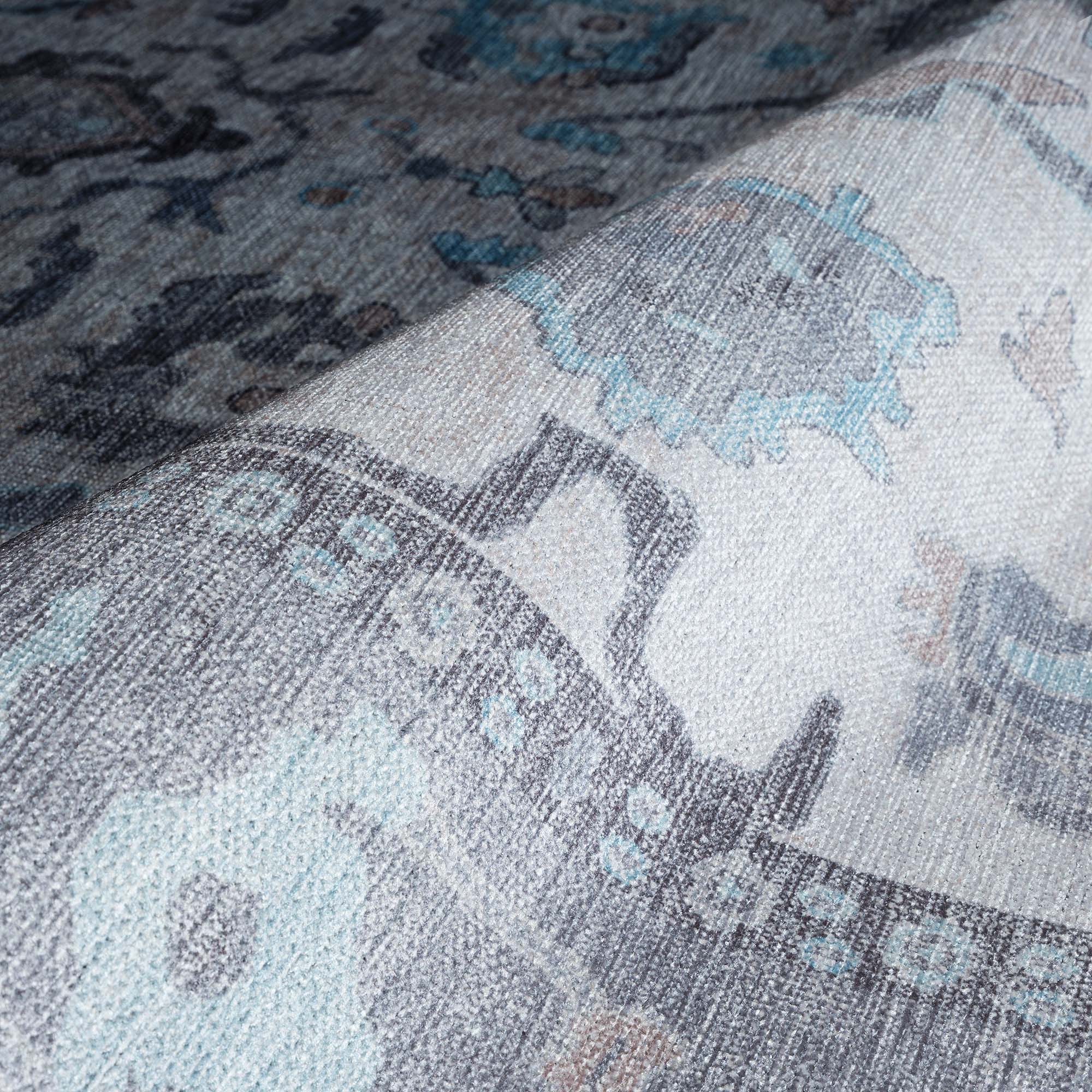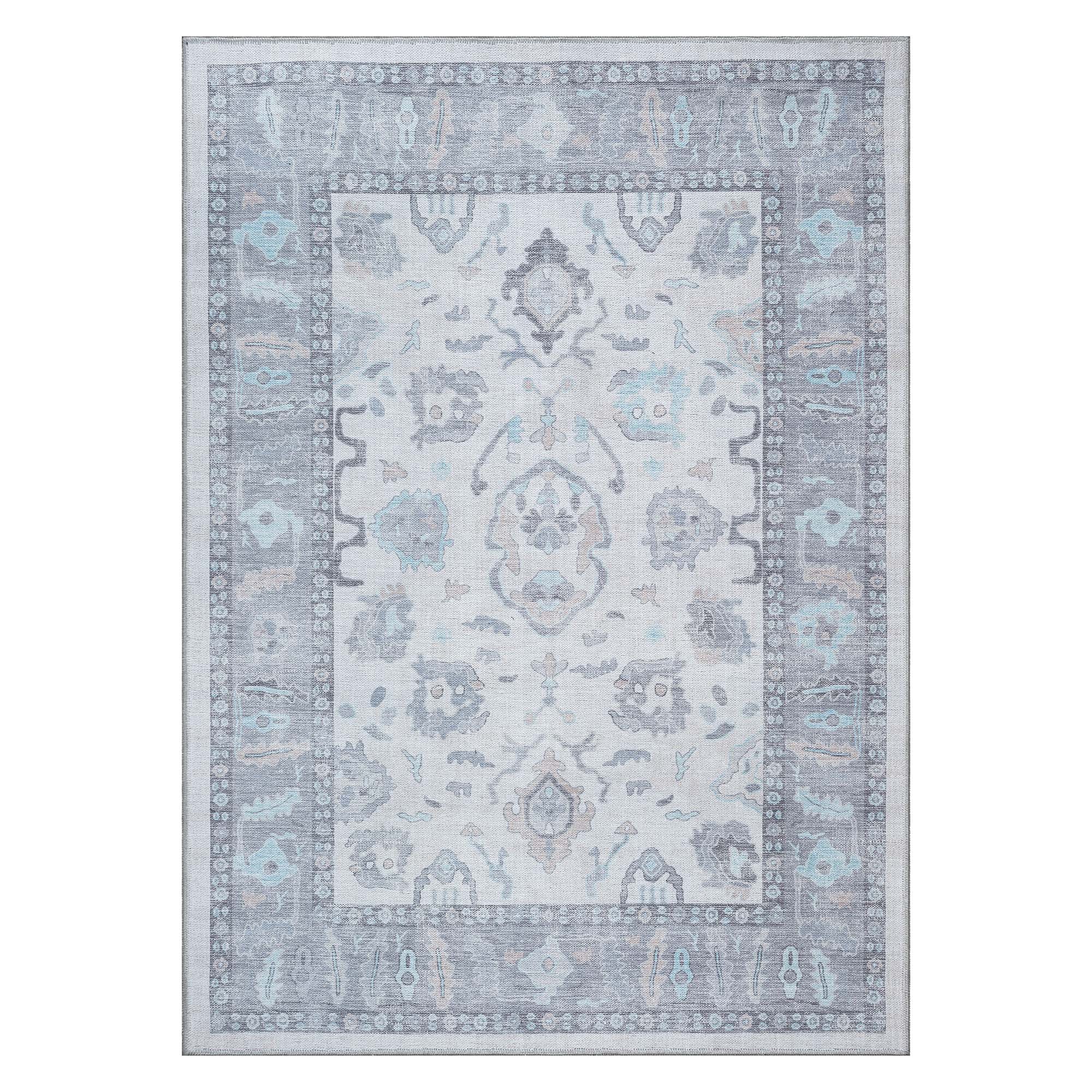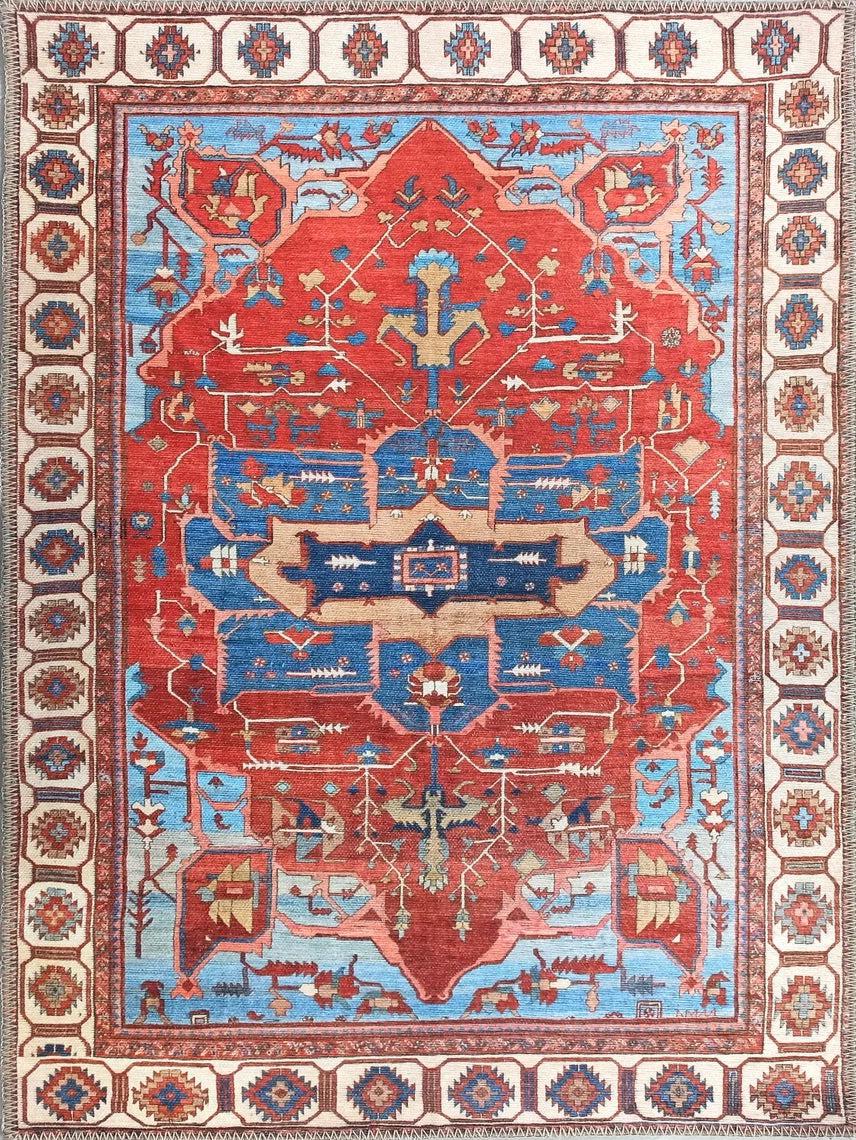Renowned for their rich history and cultural significance, Turkish rugs hold a special place in the world of design. Their motifs carry meanings that go beyond visual beauty, reflecting profound spiritual and cultural values. But what do these intricate patterns truly symbolize?
Where Ethnic Rugs Began: The Legacy of Turkish Rugs

Known as ethnic rugs, Turkish rugs carry the legacy of nomadic culture, with every motif revealing something about life. Crafted from natural fibers and dyed with traditional techniques, these rugs showcase a diverse range of motifs and their meanings.
Understanding the Meaning Behind Turkish Rug Motifs
Turkish rugs feature distinctive motifs, each telling its own story, embodying not just visual appeal but also a rich cultural and historical heritage.
Patterns Drawn from the Beauty of Nature

Turkish rugs often feature motifs such as trees, flowers, and leaves, symbolizing nature’s abundance and beauty. Waves represent the ever-changing and renewing aspects of nature, while the sun and stars evoke the enduring flow of life and our universal bond. These motifs highlight our deep respect and connection to nature in Turkish rug traditions.
Animal Motifs: Emblems of Strength and Abundance
In Turkish rugs, animal motifs like horses, goats, sheep, and eagles are often featured. Each animal symbolizes strength, resilience, wealth, and prosperity. For instance, horse motifs represent the power and freedom inherent in Turkish nomadic culture.
Geometric Patterns: Representing Harmony and Eternity

In Turkish rugs, geometric motifs represent order, balance, and harmony. Triangles, squares, and circles reflect the organized nature of the universe and the eternal cycle of life. These designs are a staple in ethnic rugs, creating striking patterns and rich spiritual meanings.
Mythological and Religious Motifs: Representing Belief and Sanctity
In Turkish rug culture, mythological and religious symbols are highly meaningful. Dragons, snakes, and birds are drawn from mythological stories, symbolizing power and protection, while crescents and suns represent Turkish beliefs and celestial connections. These motifs enhance ethnic rug collections with a deep spiritual meaning.
Conclusion

Each motif found in Turkish rugs tells a story, showcasing that these rugs are more than just handcrafted items—they are cultural narrators. Turkish rugs from Soho Antiq bring this rich heritage into contemporary homes, infusing your space with character and depth. These distinct motifs and their meanings turn each rug into not just a home accessory, but a work of art and cultural treasure.



